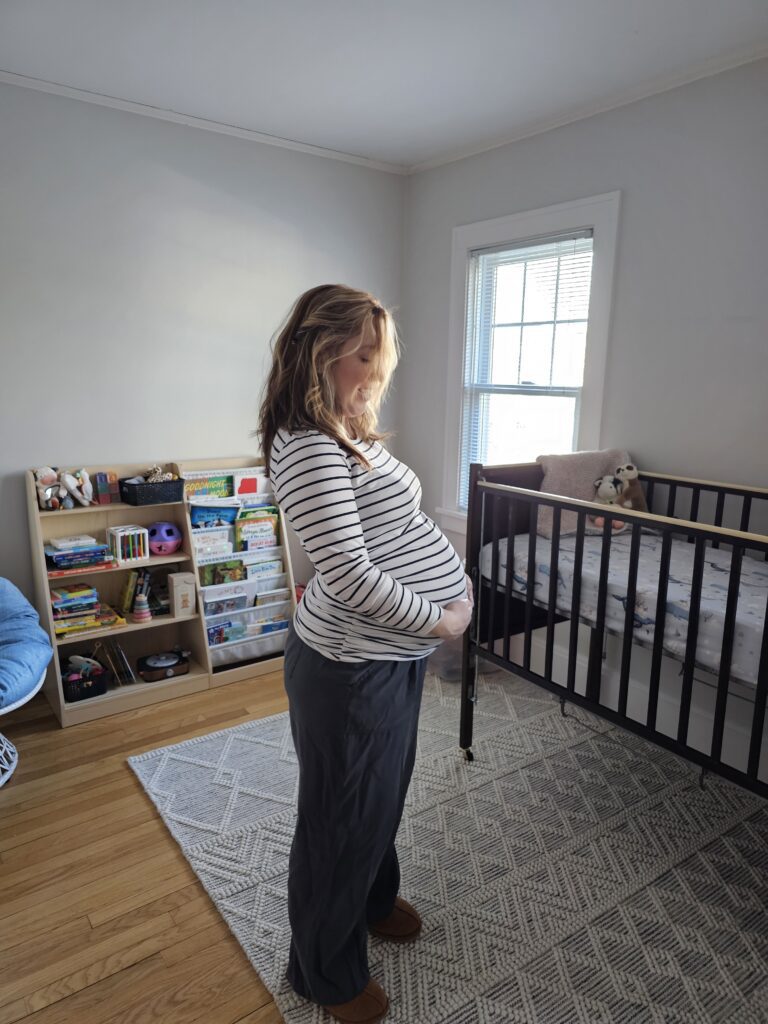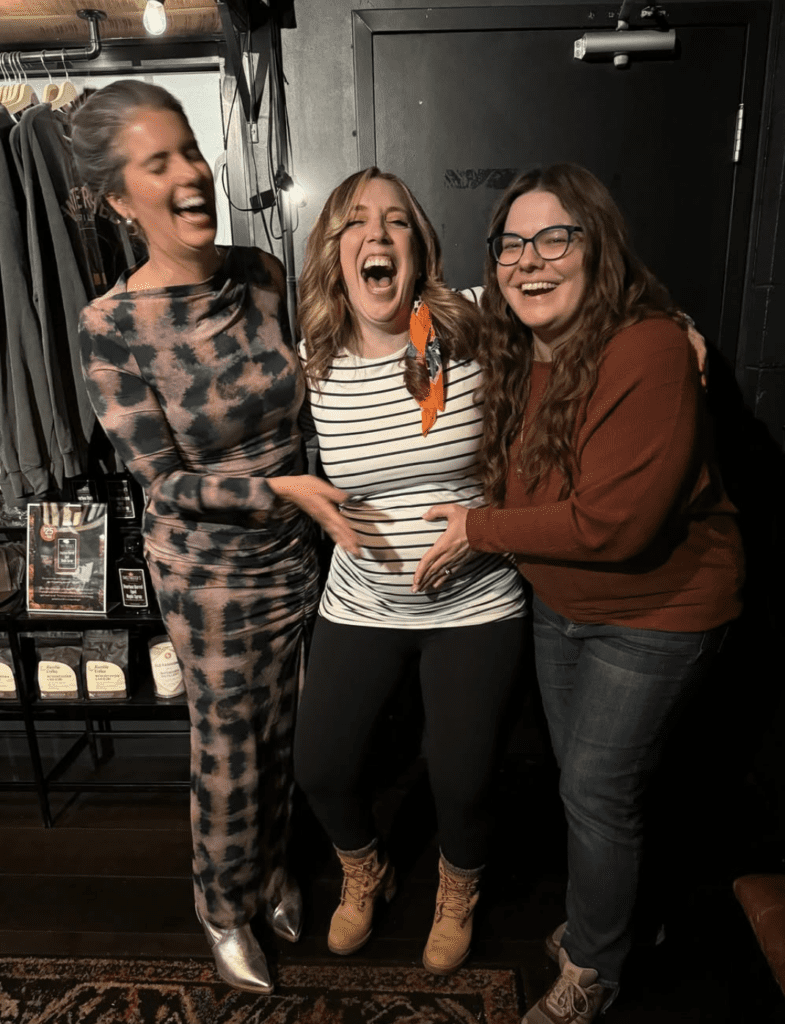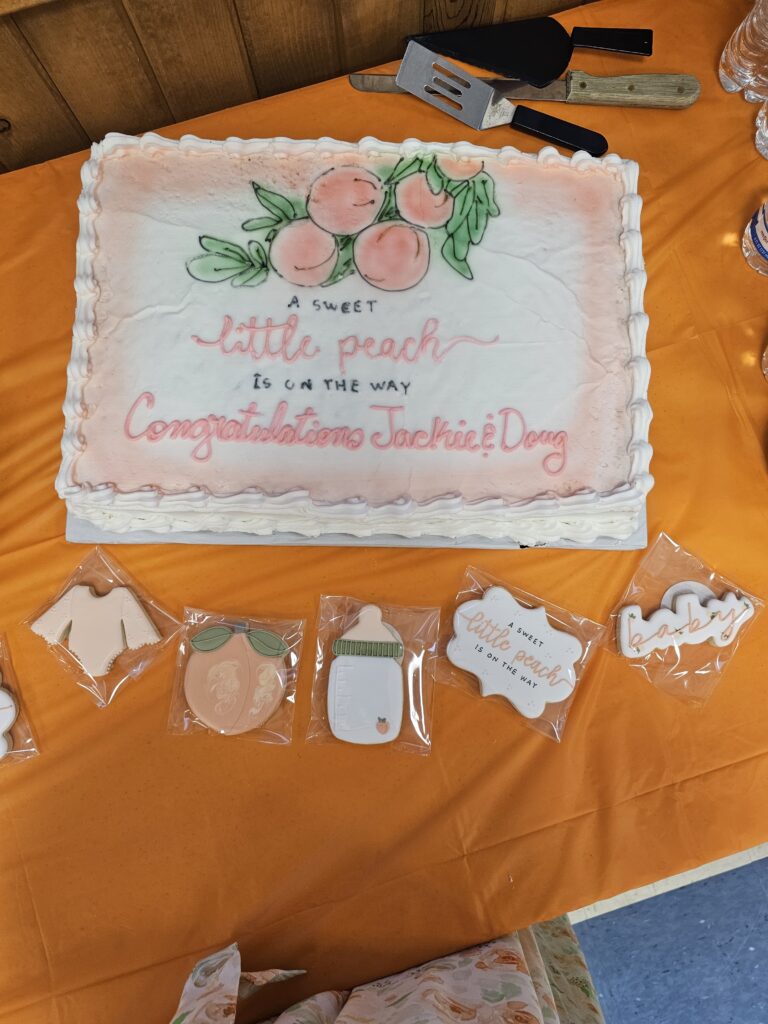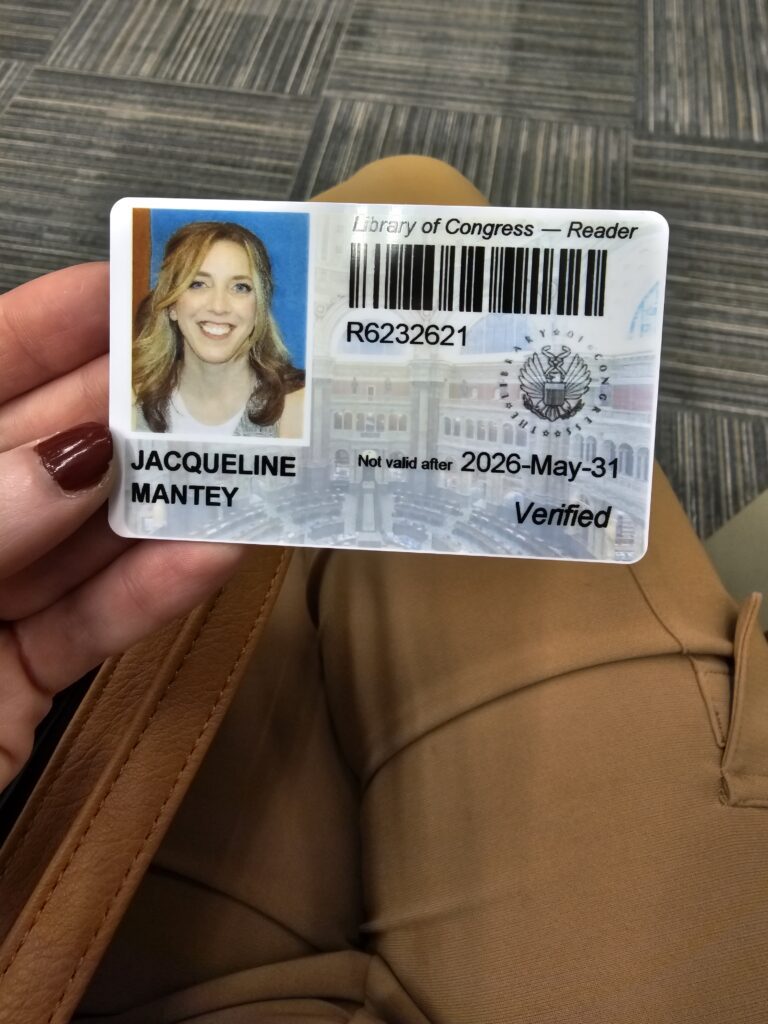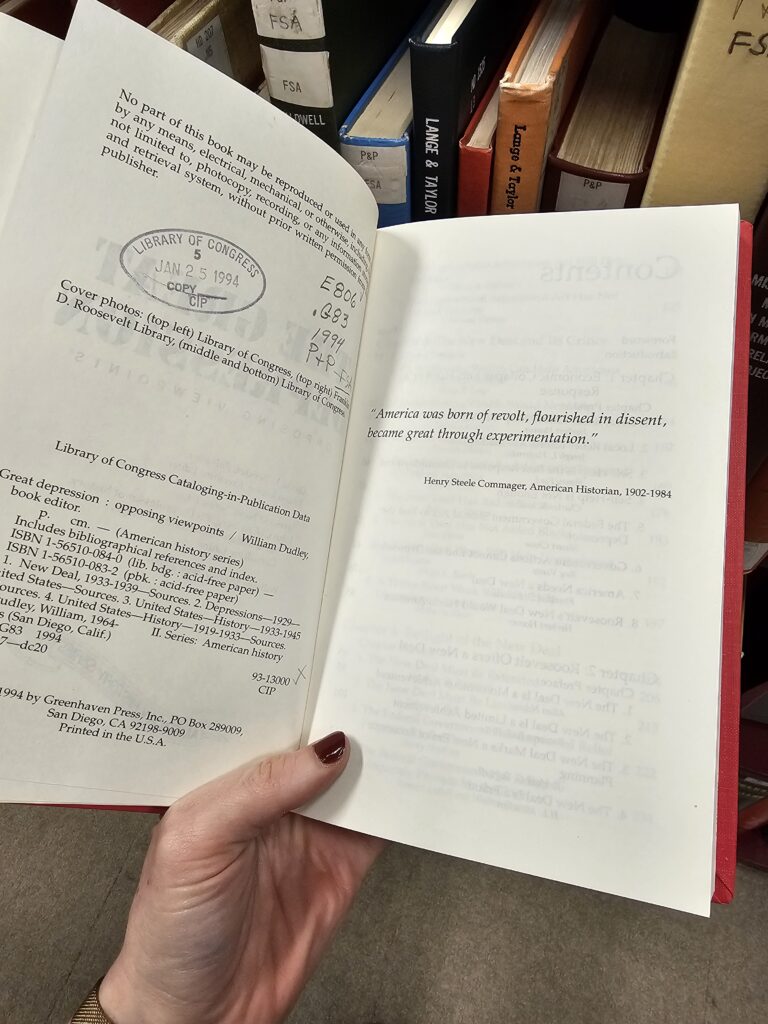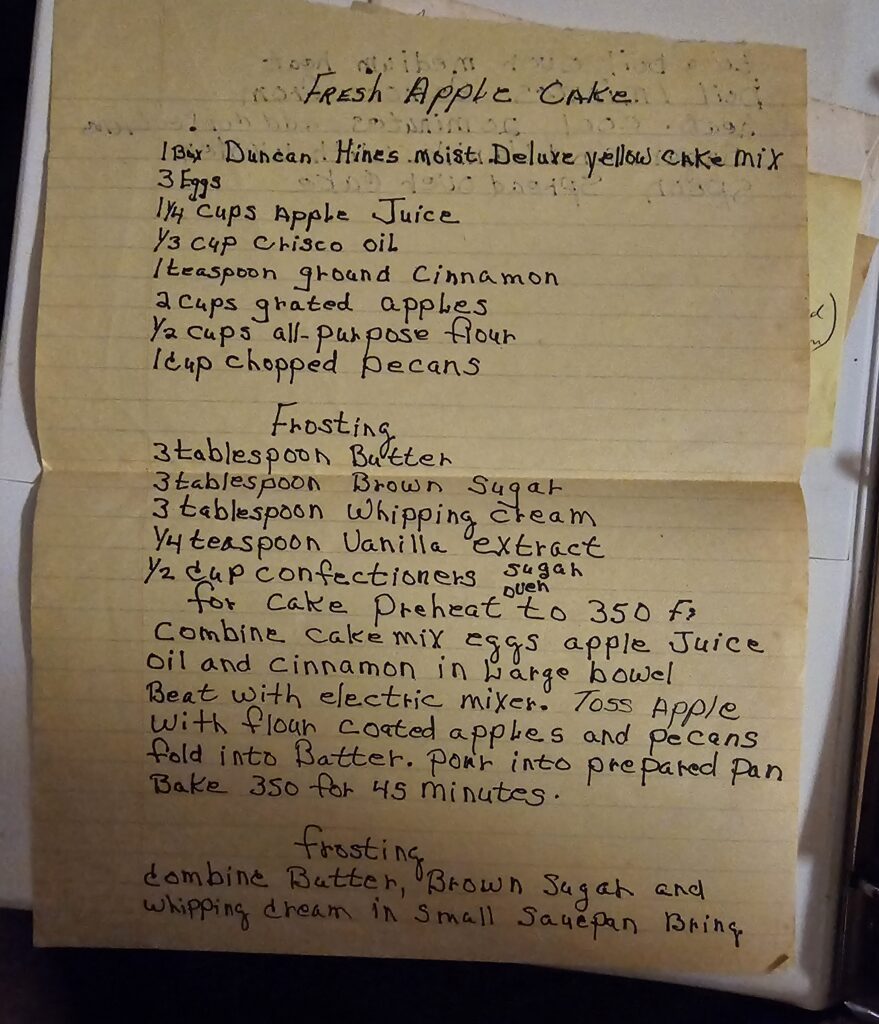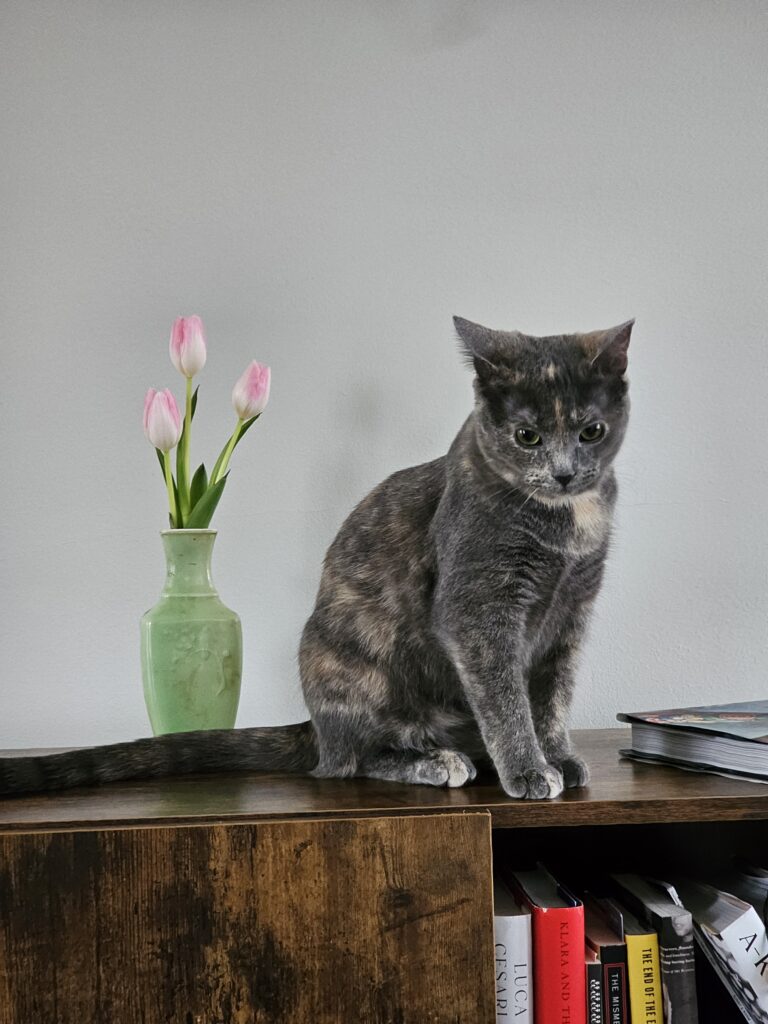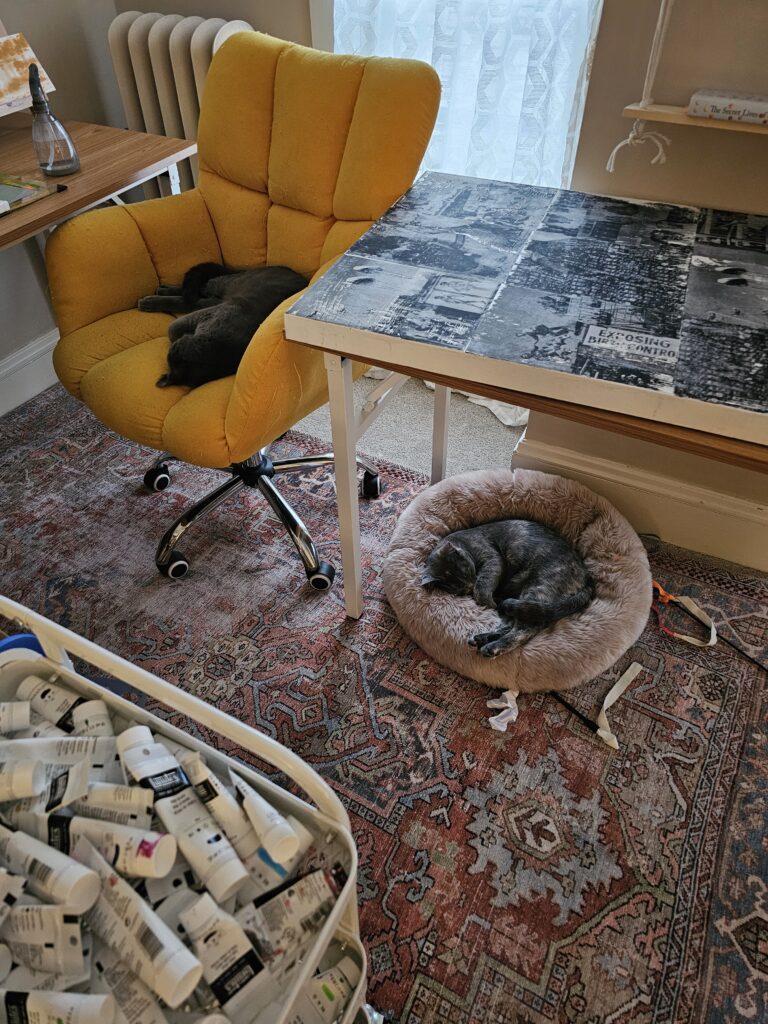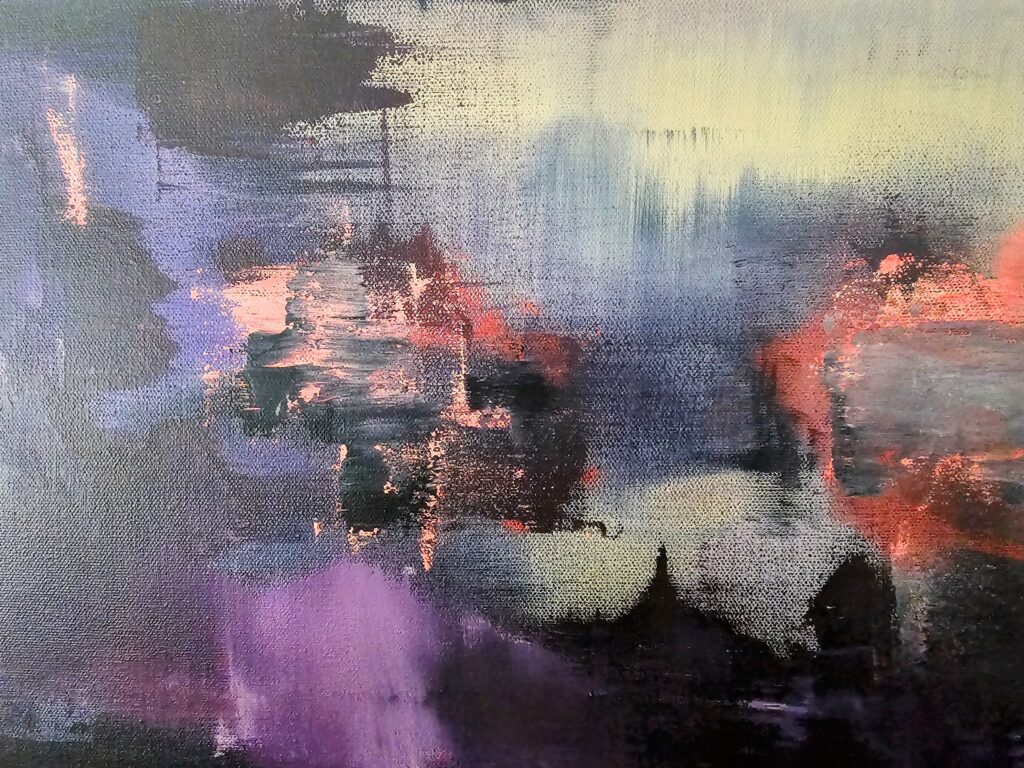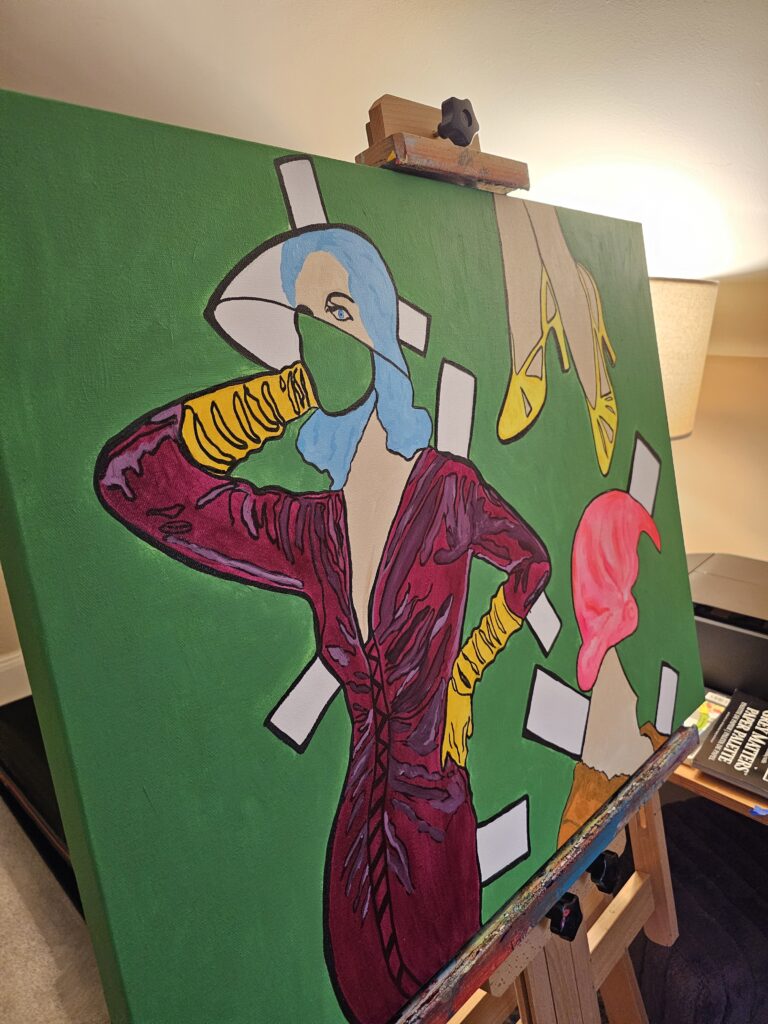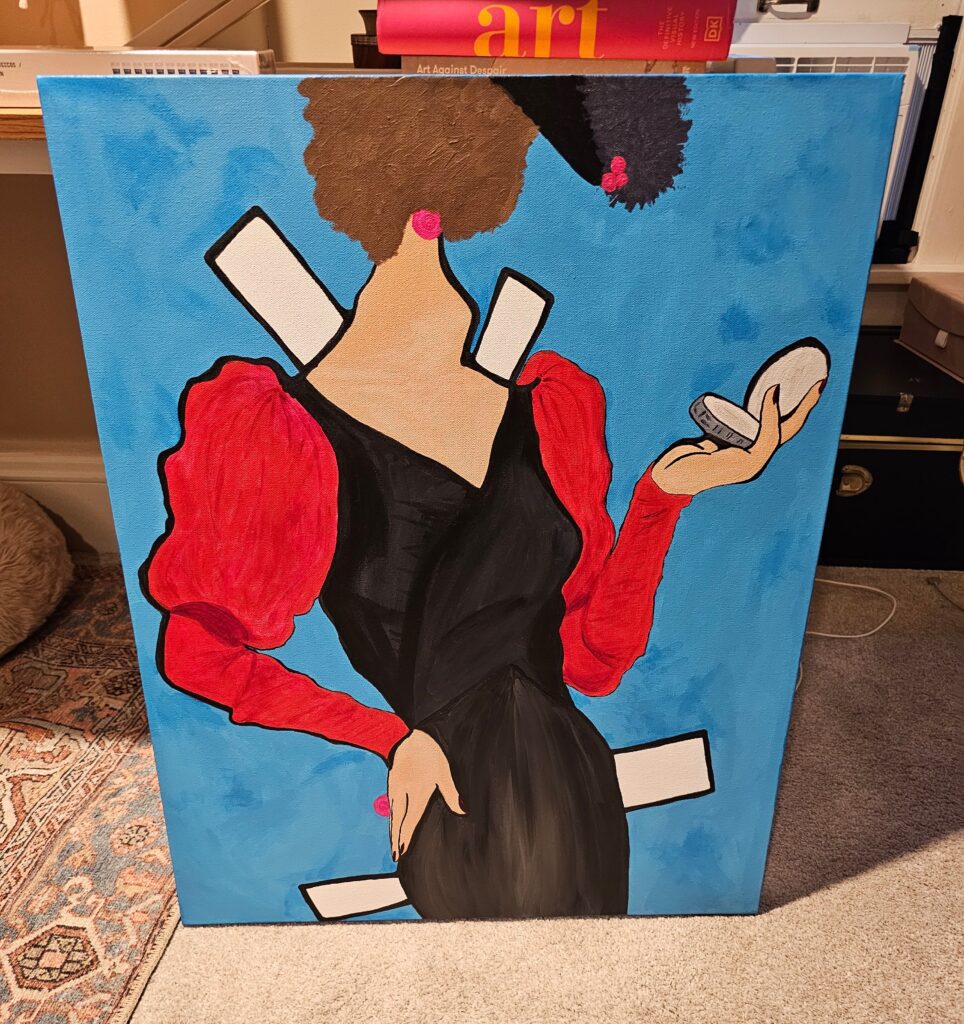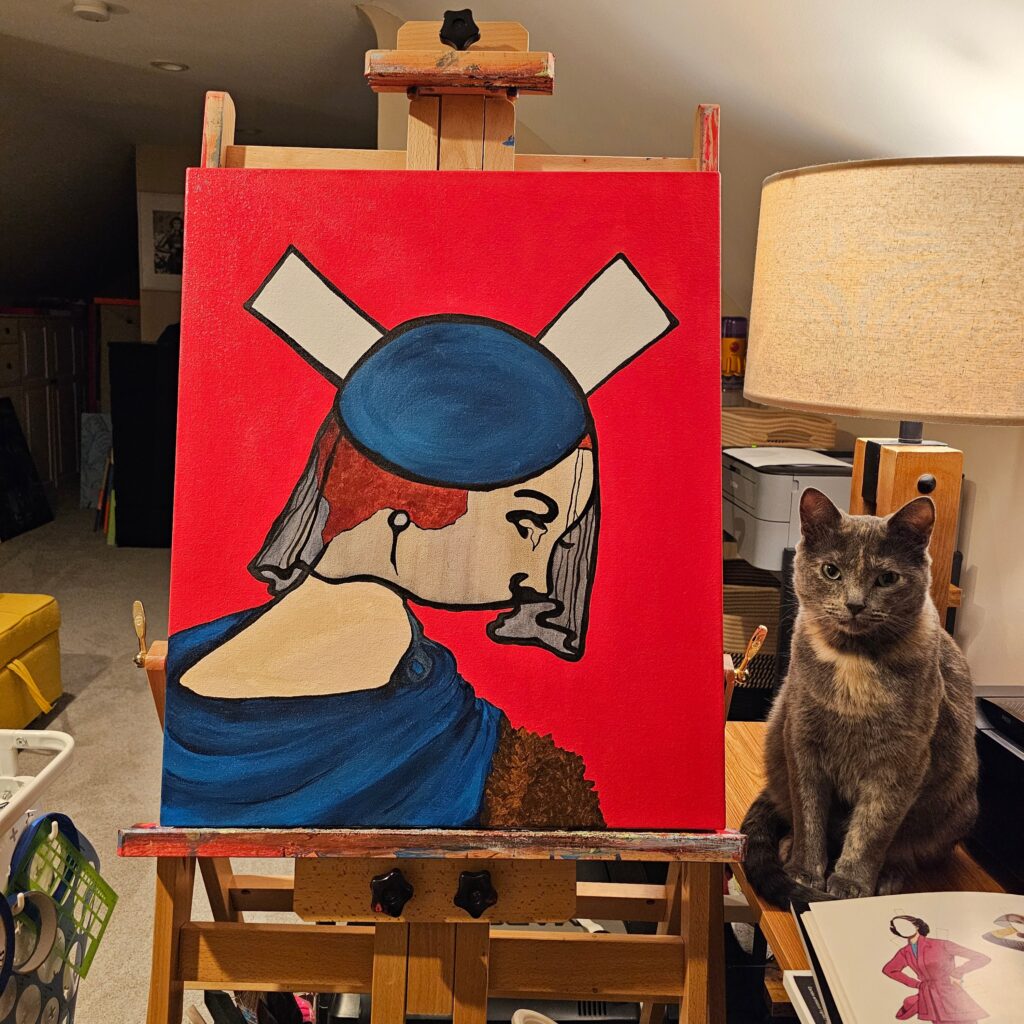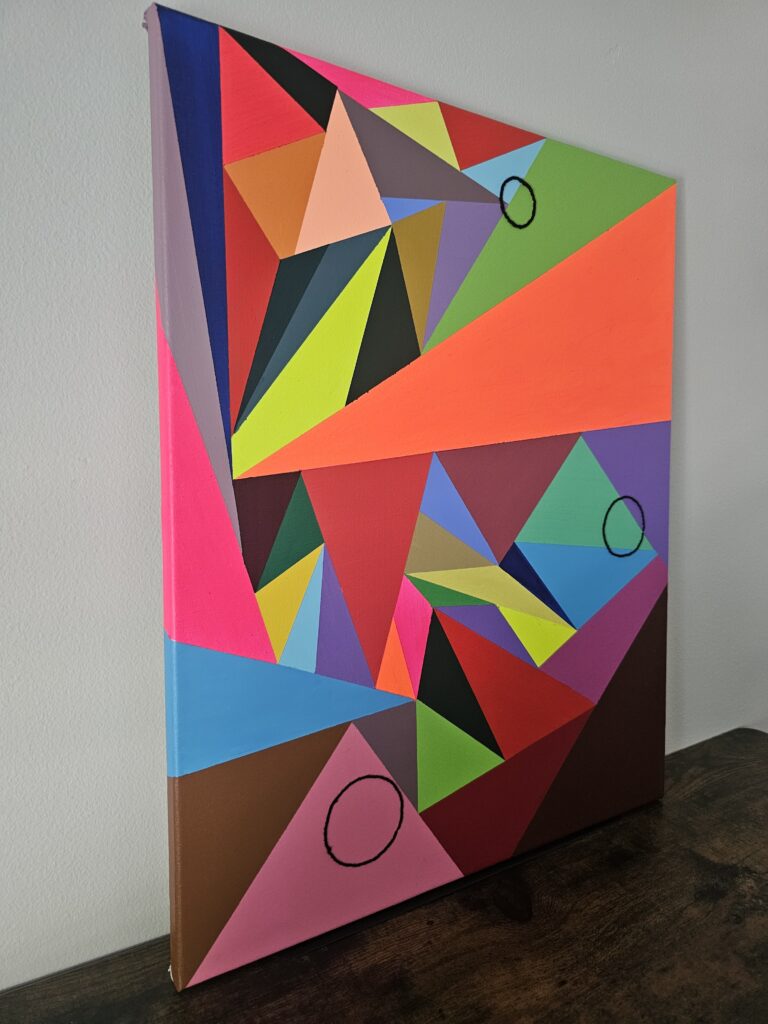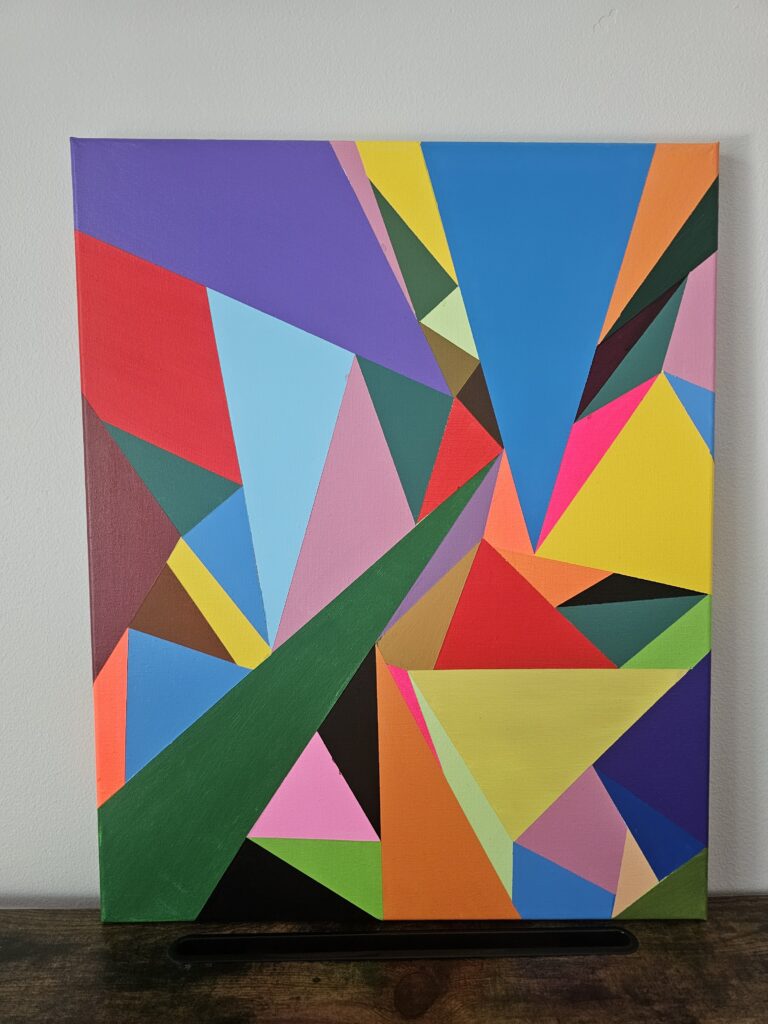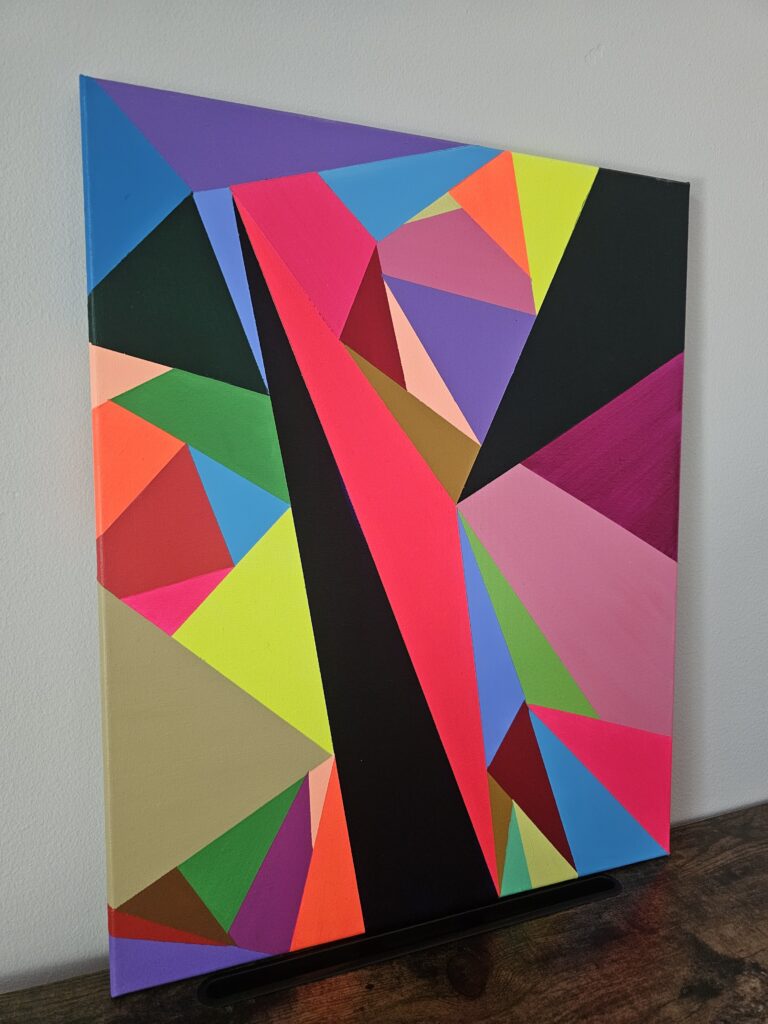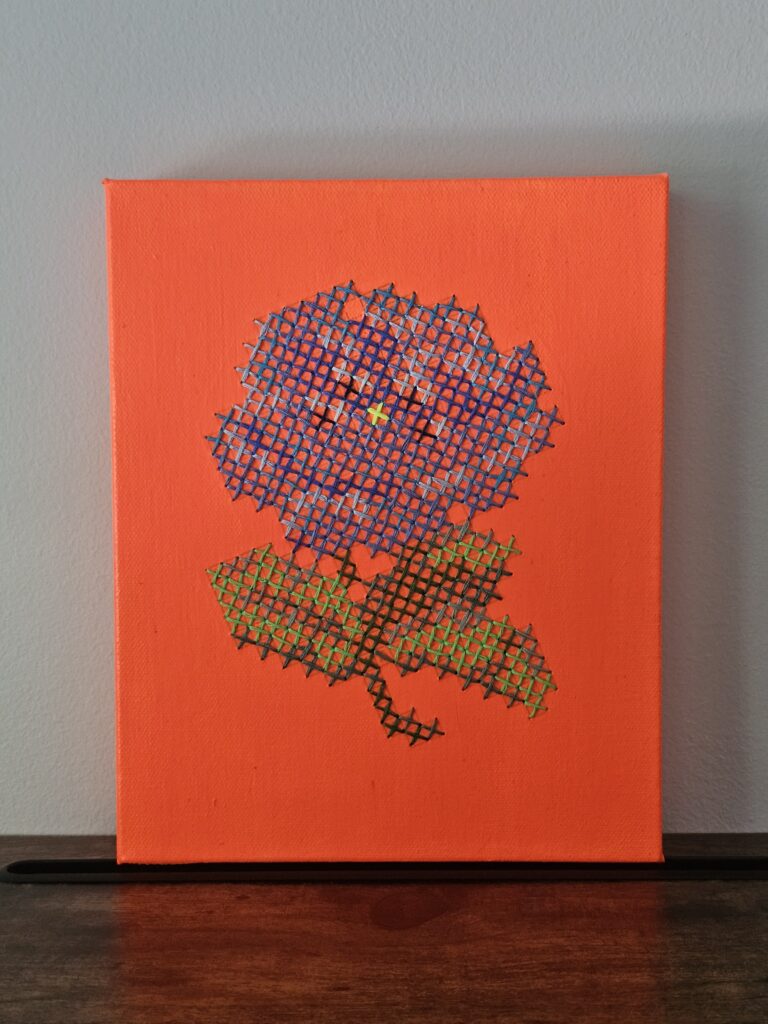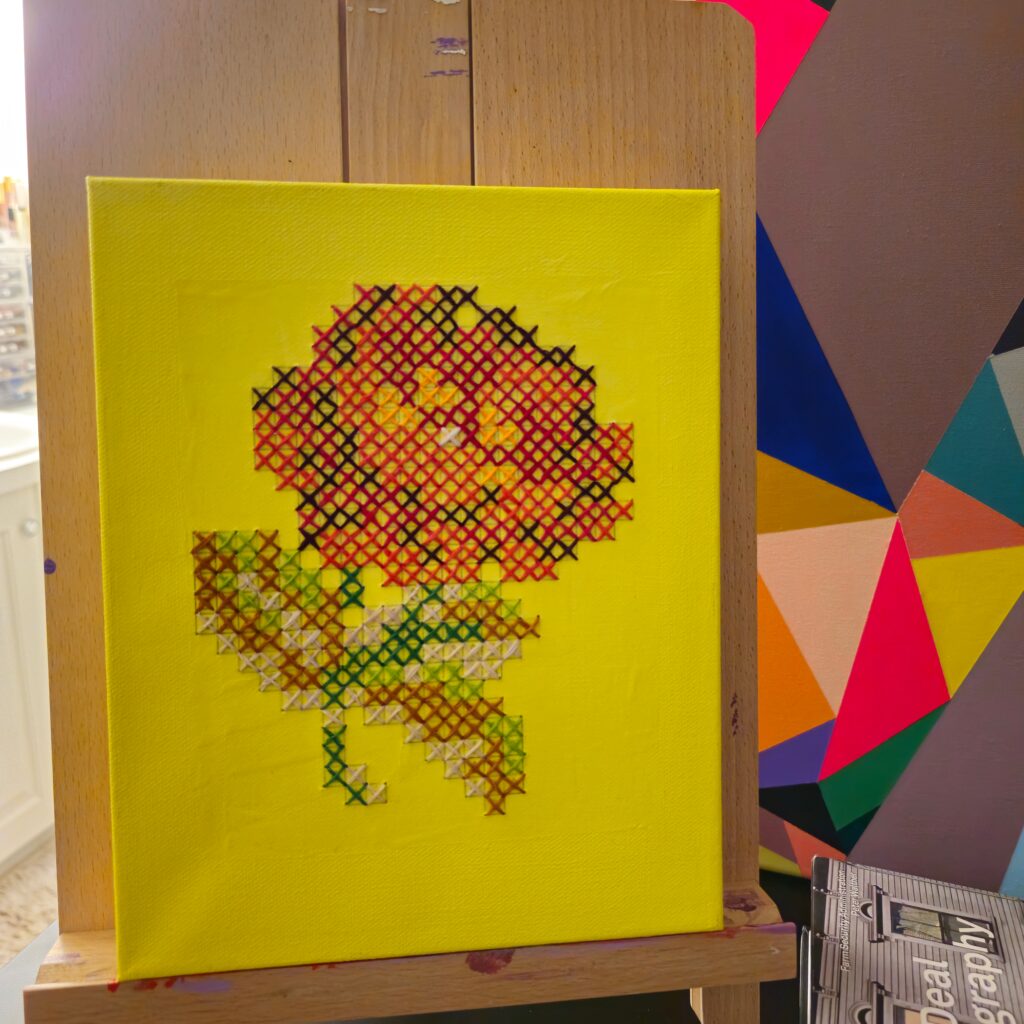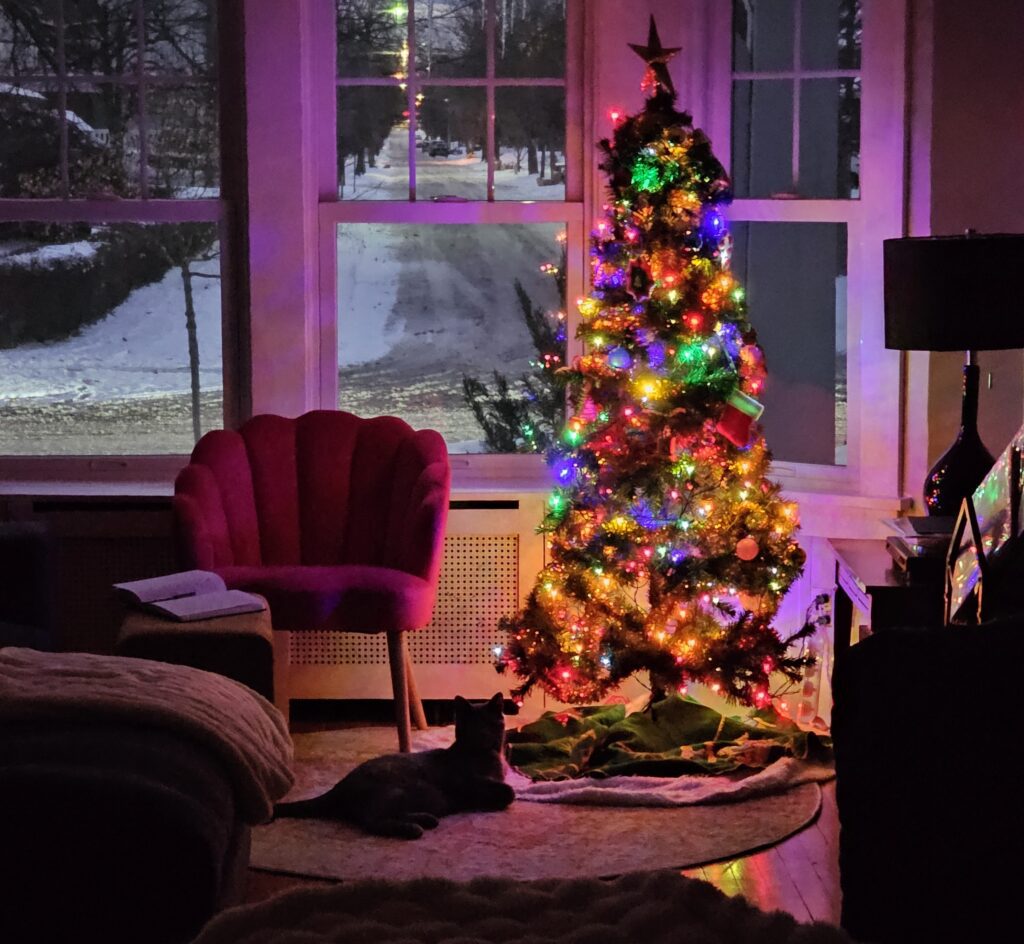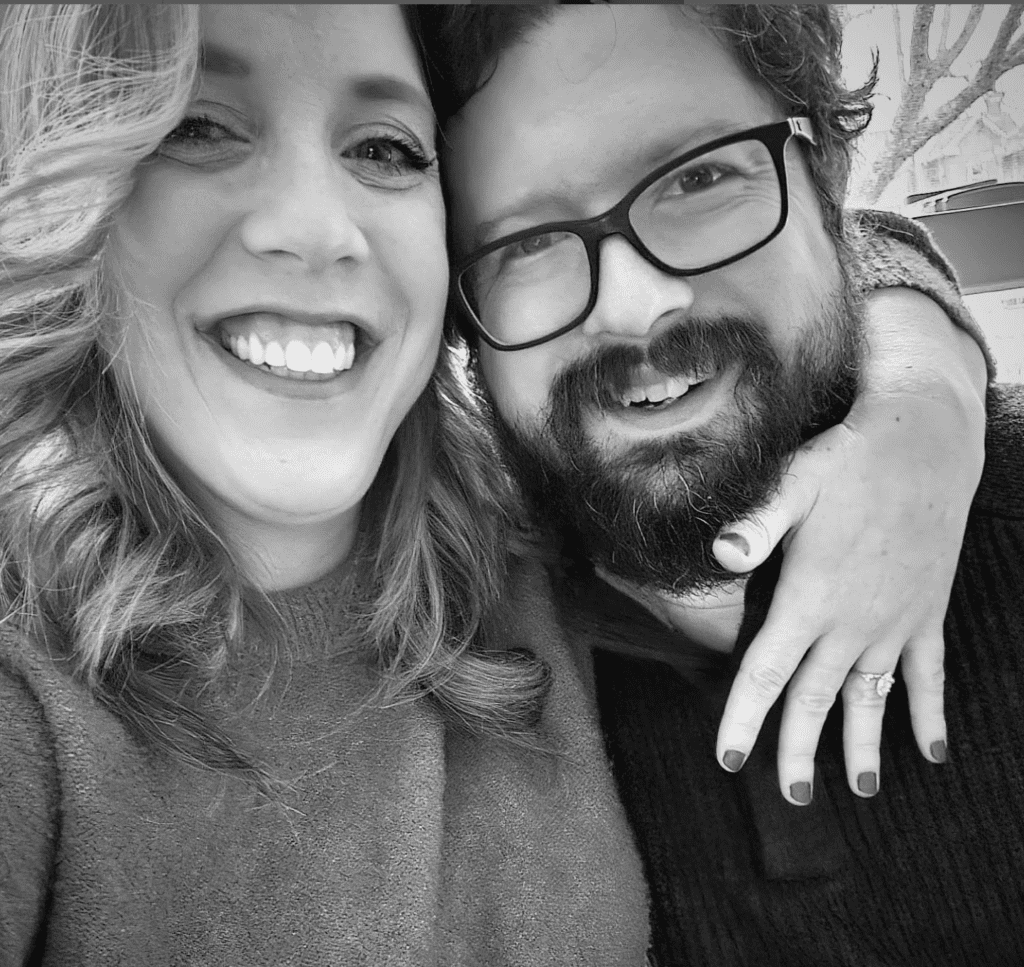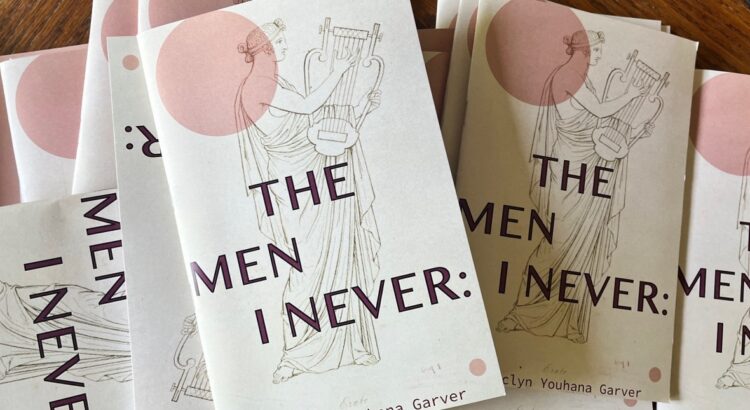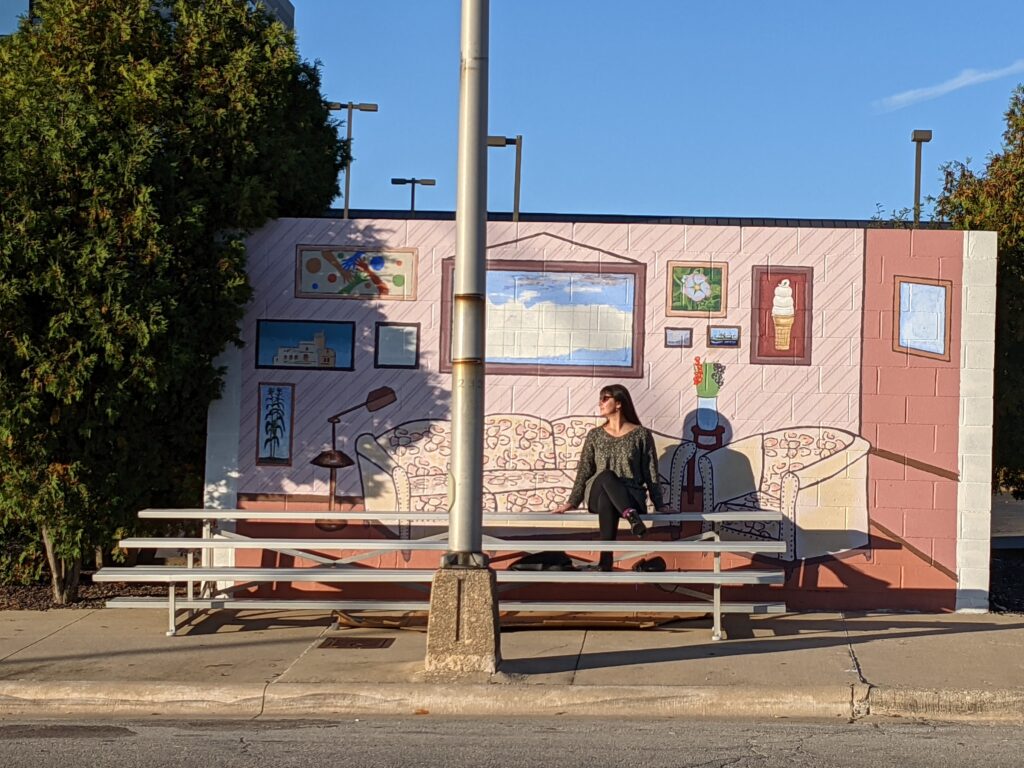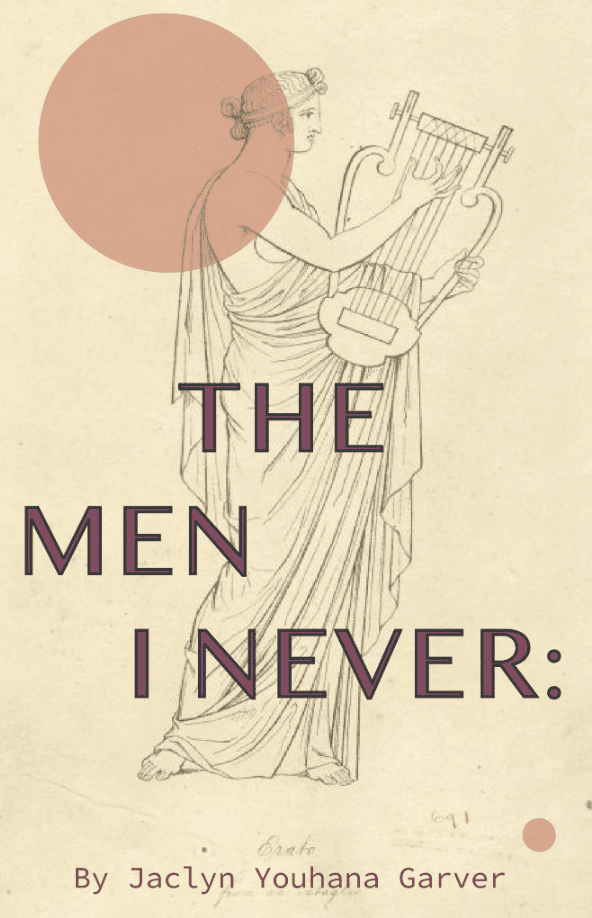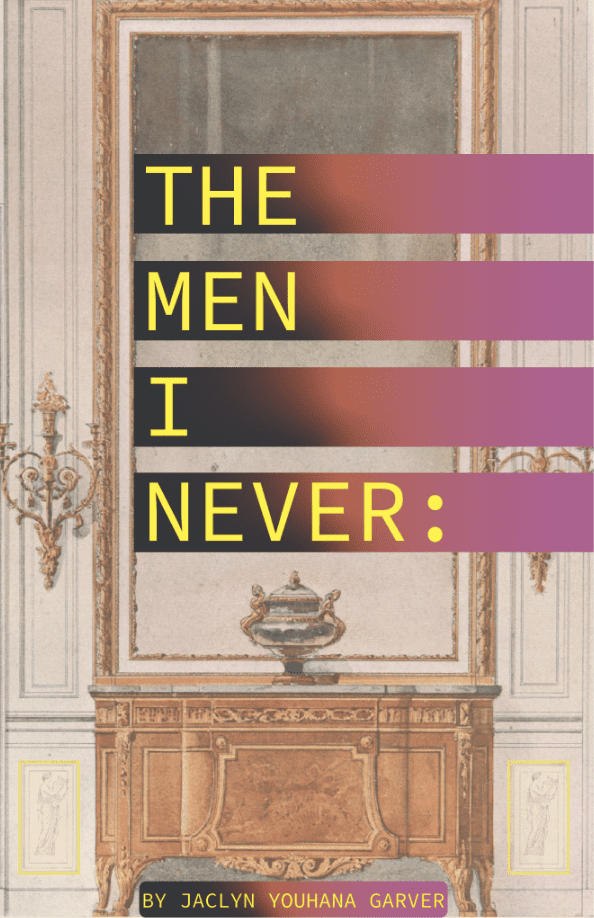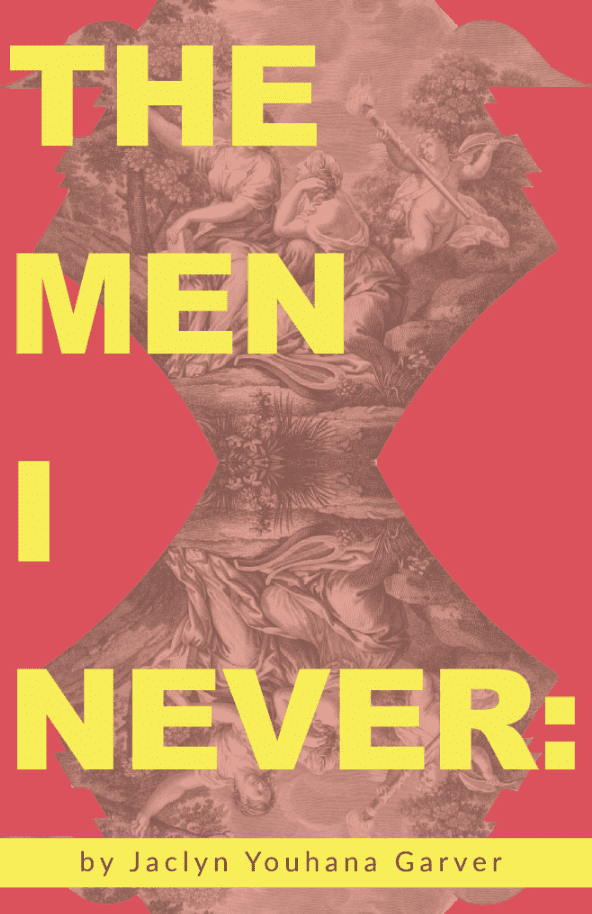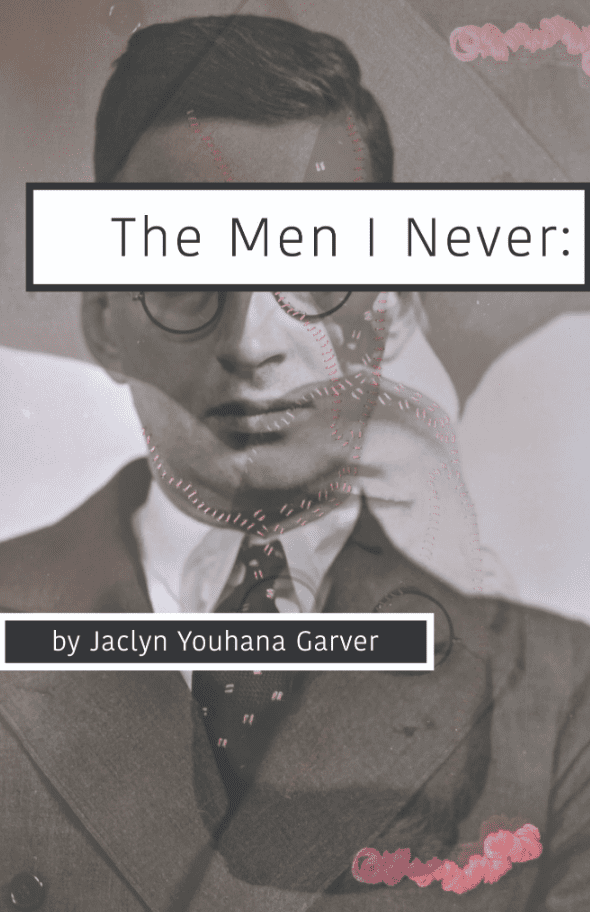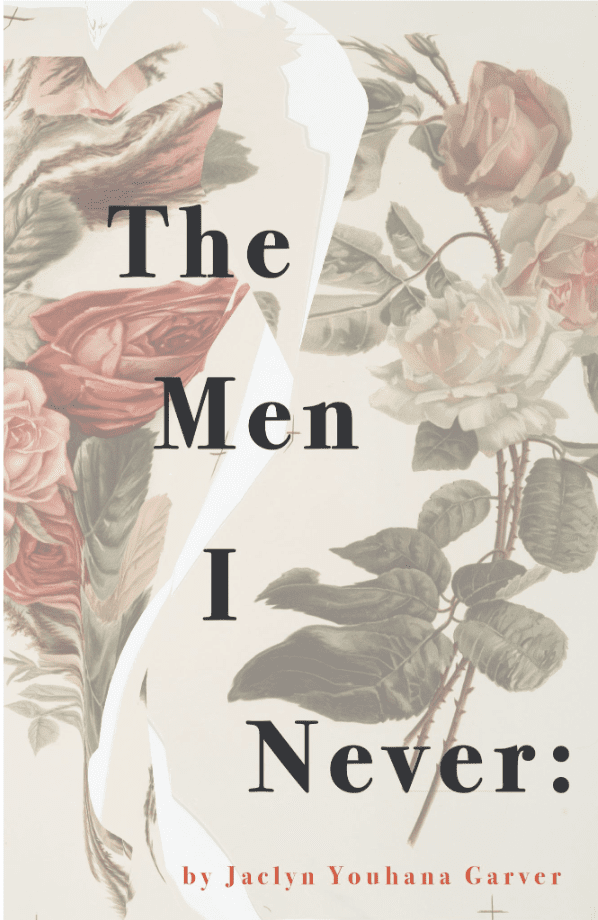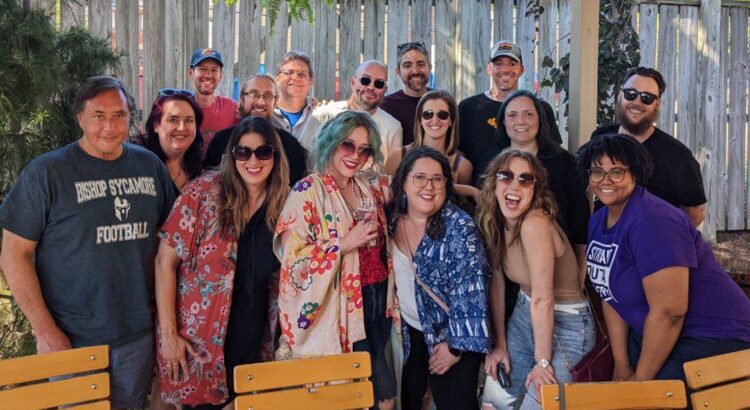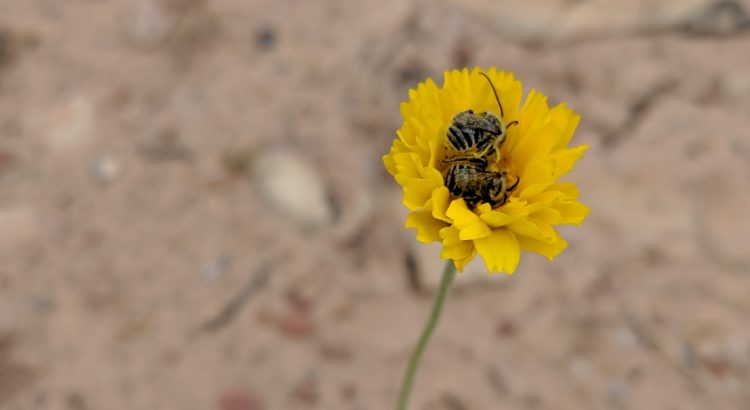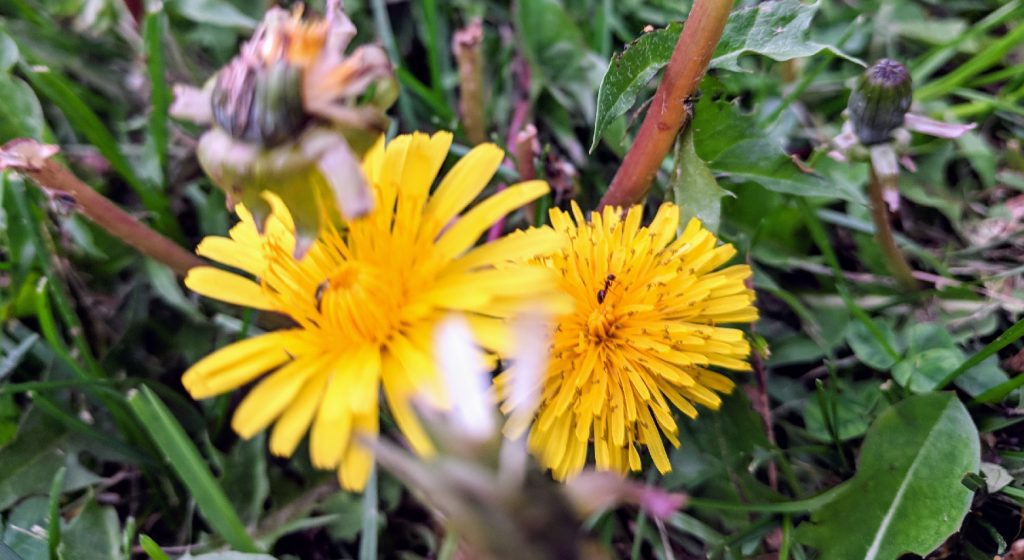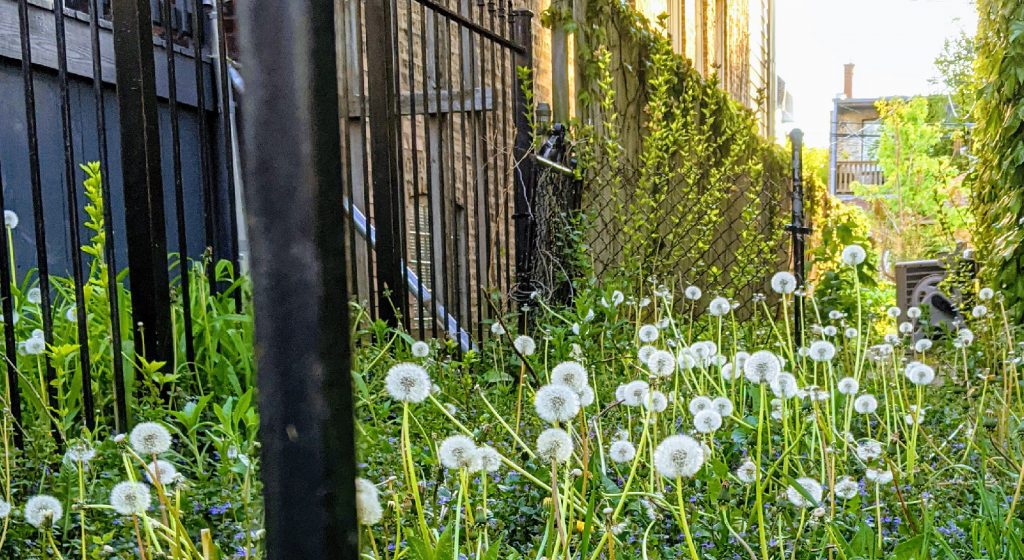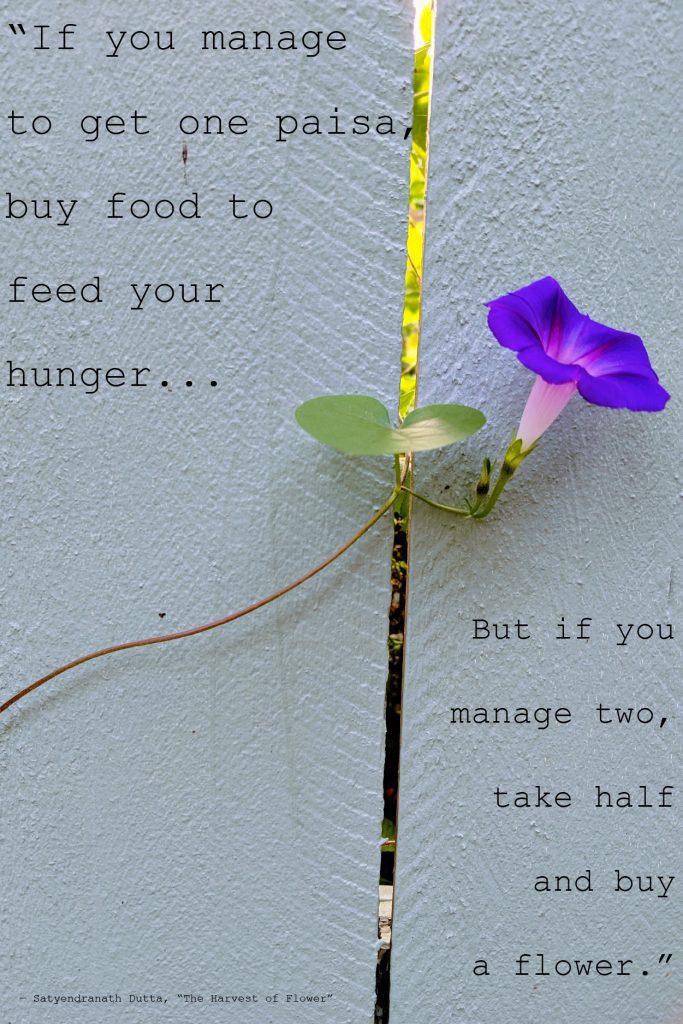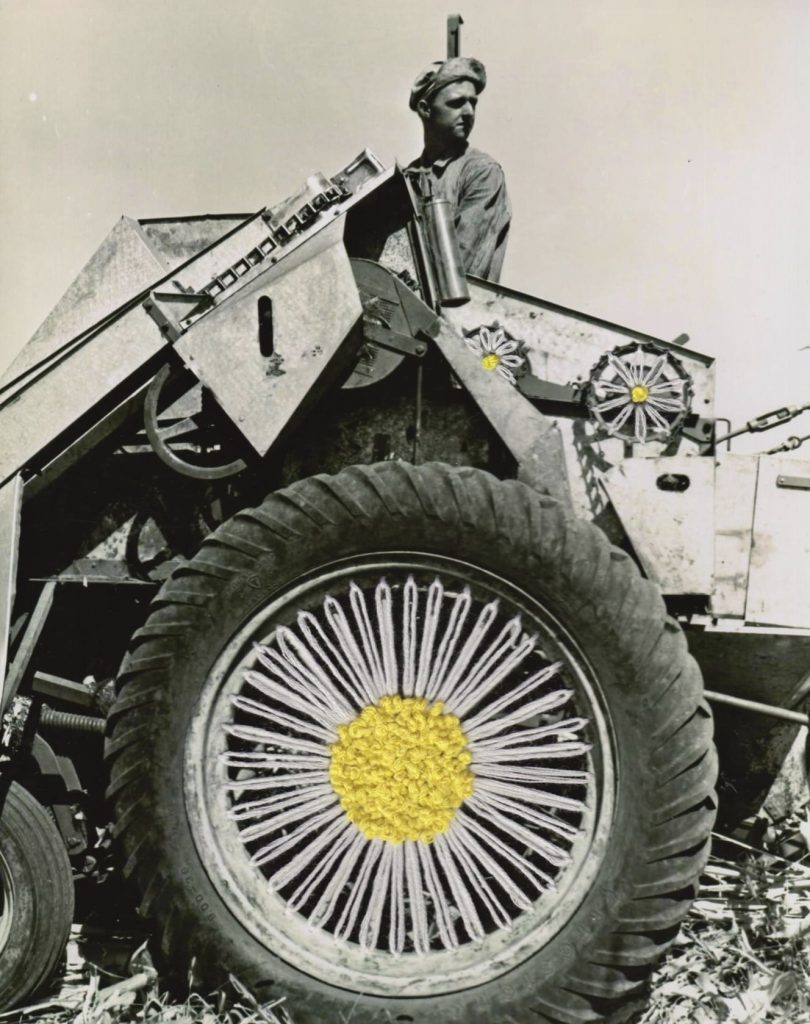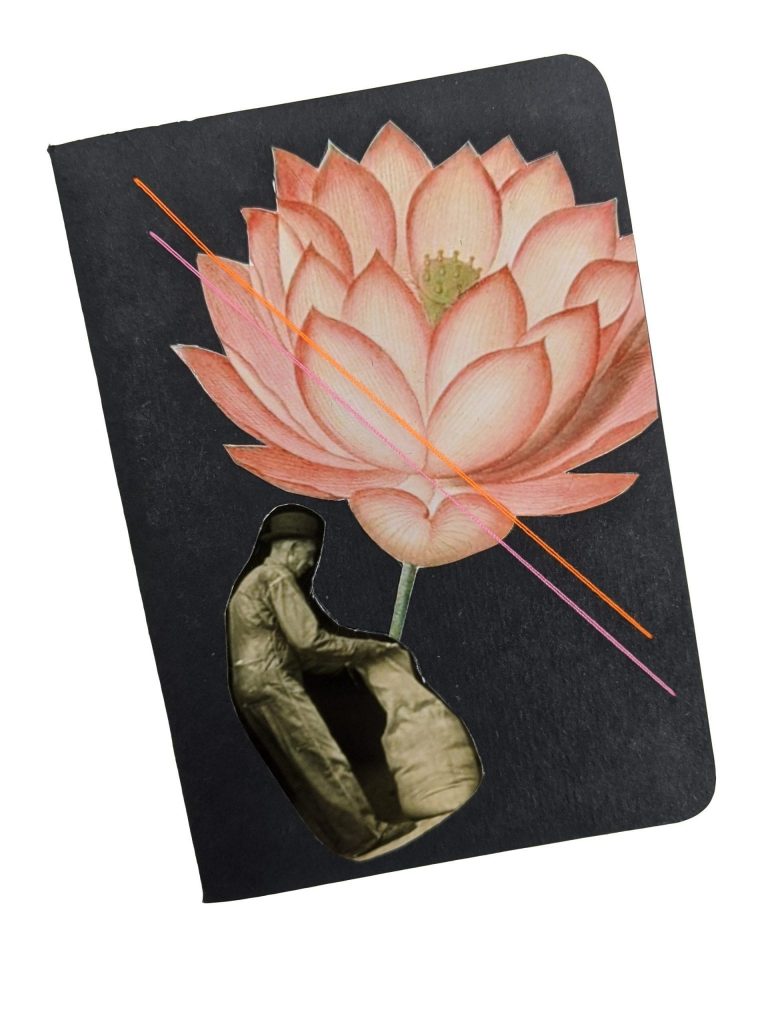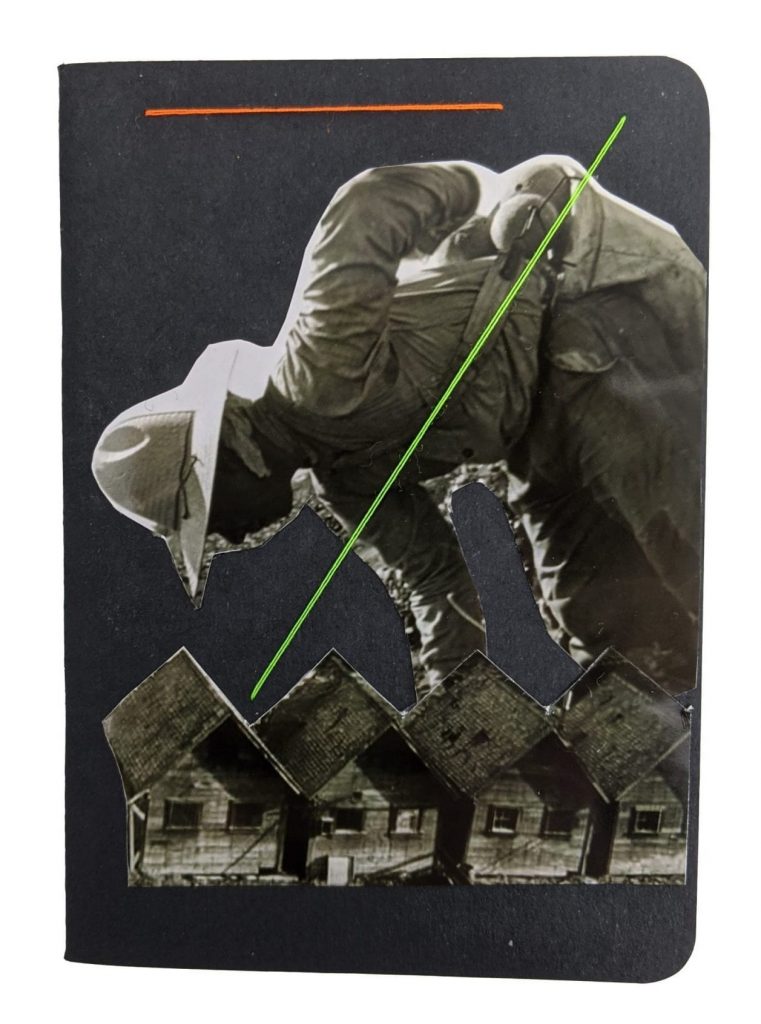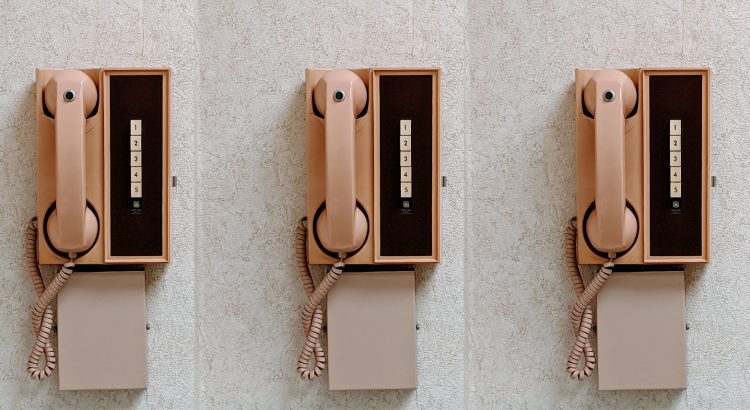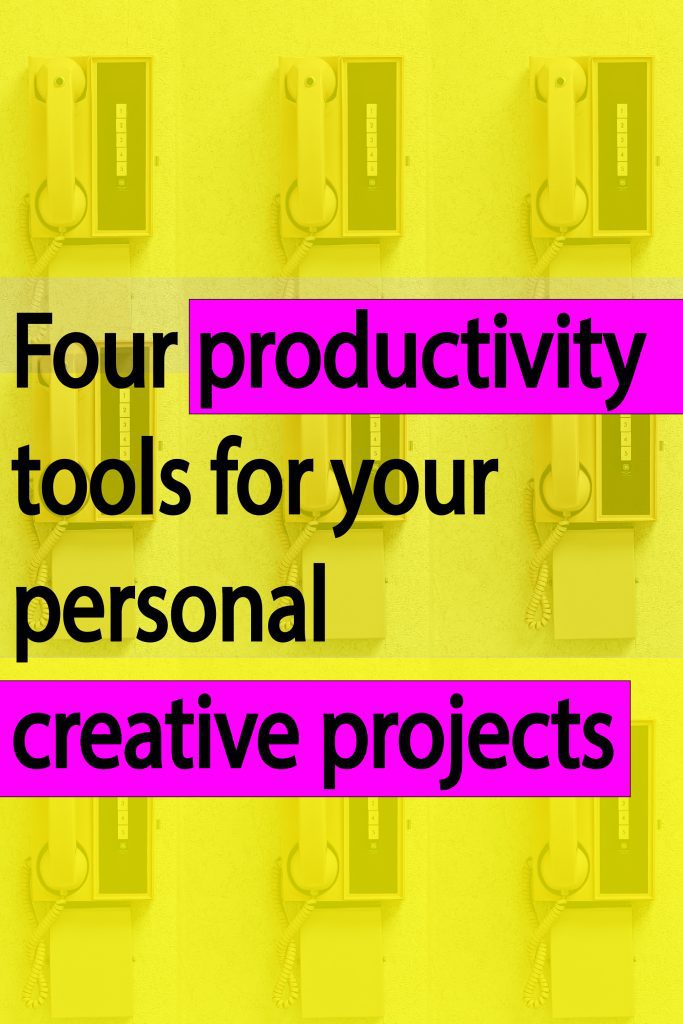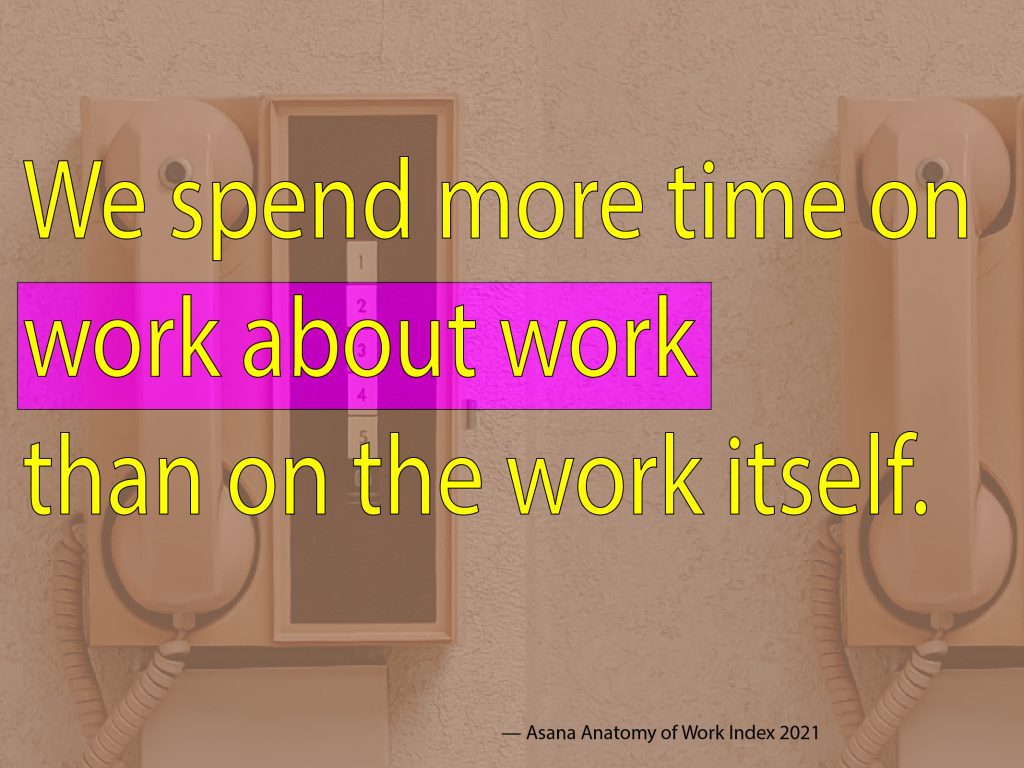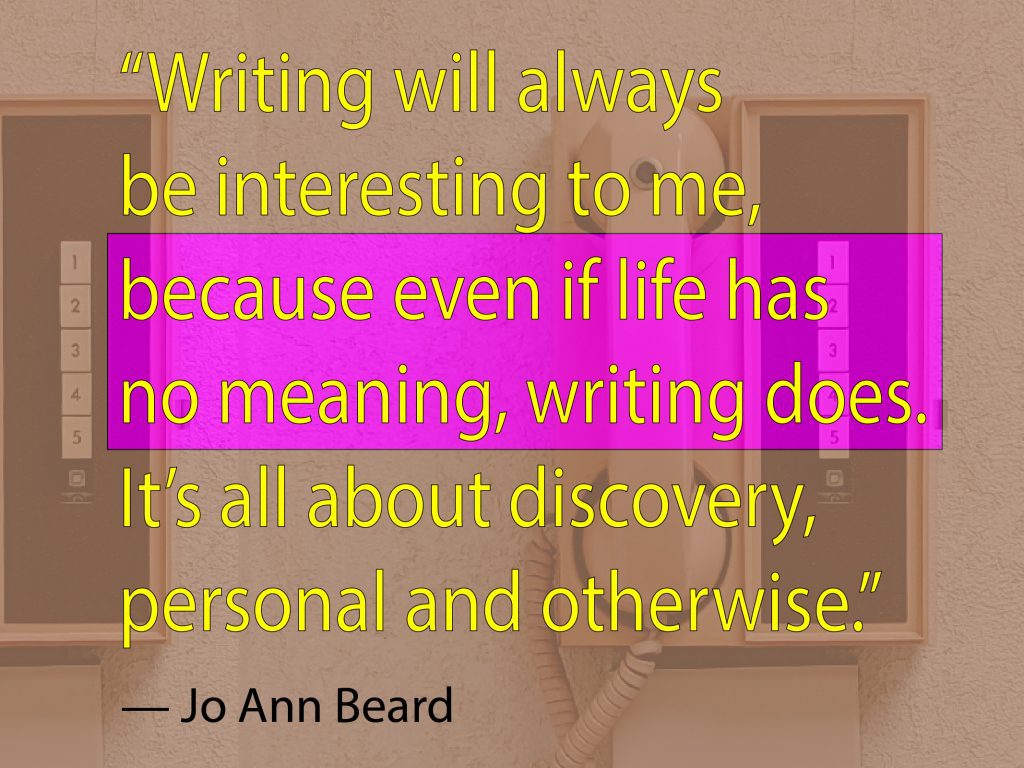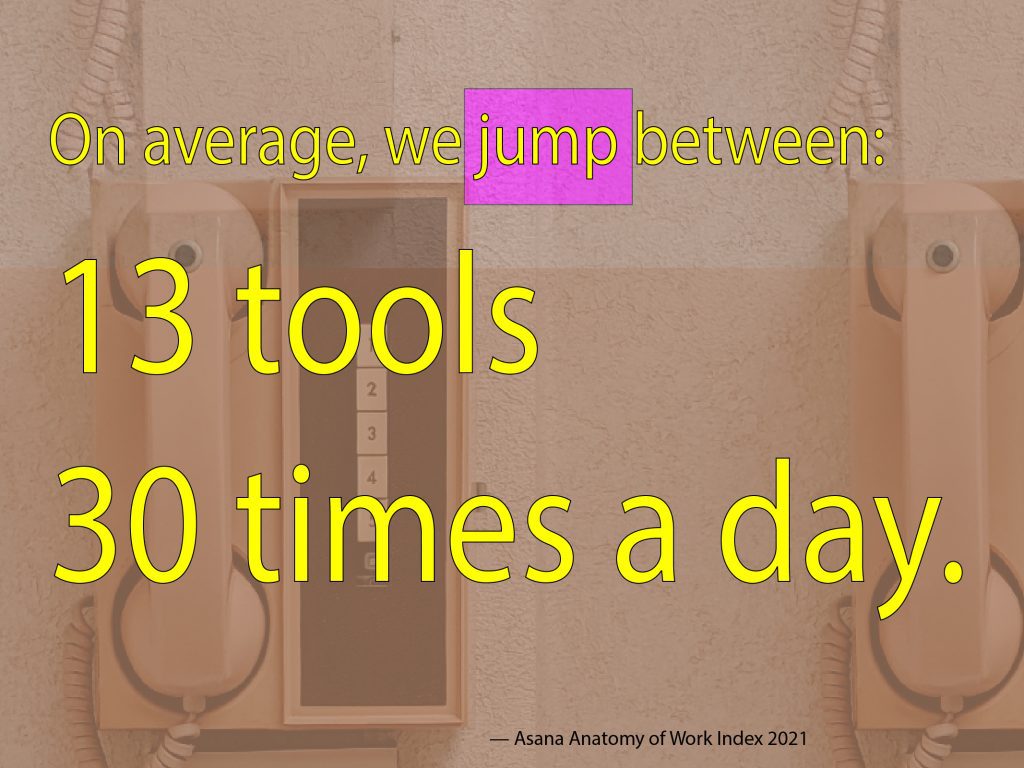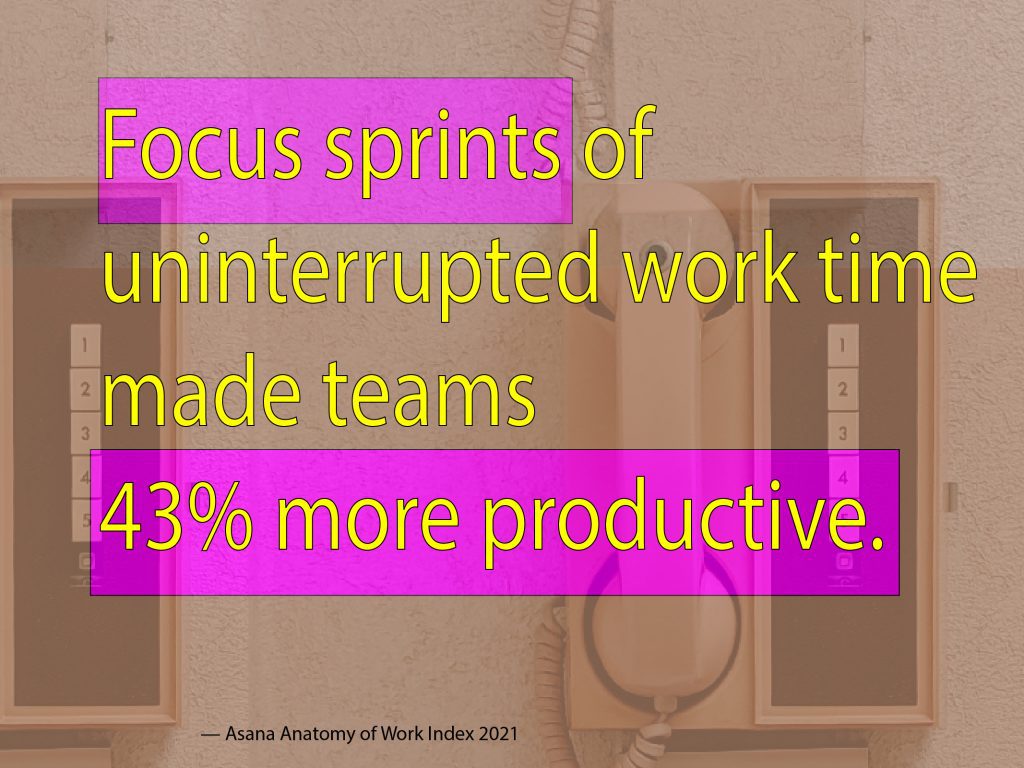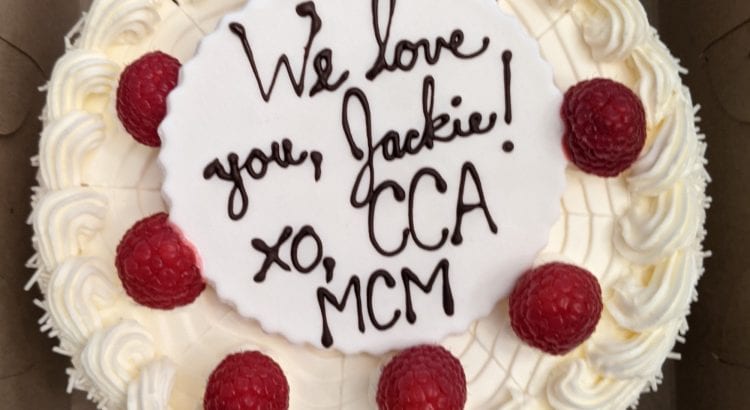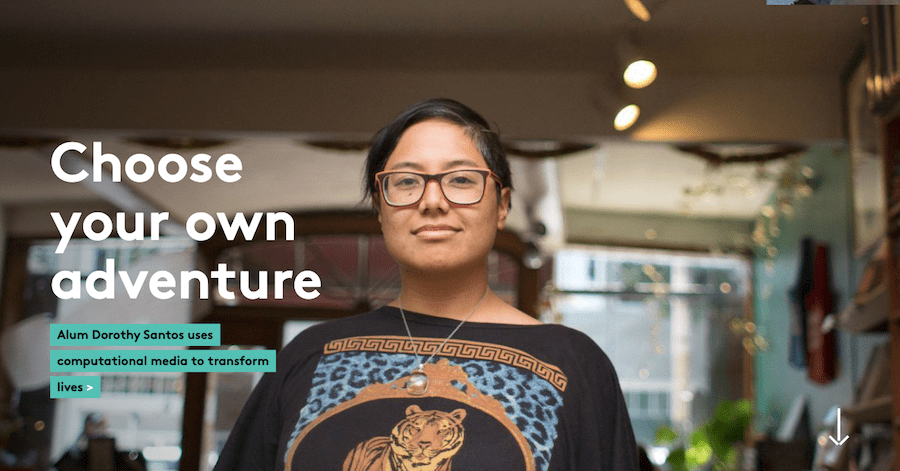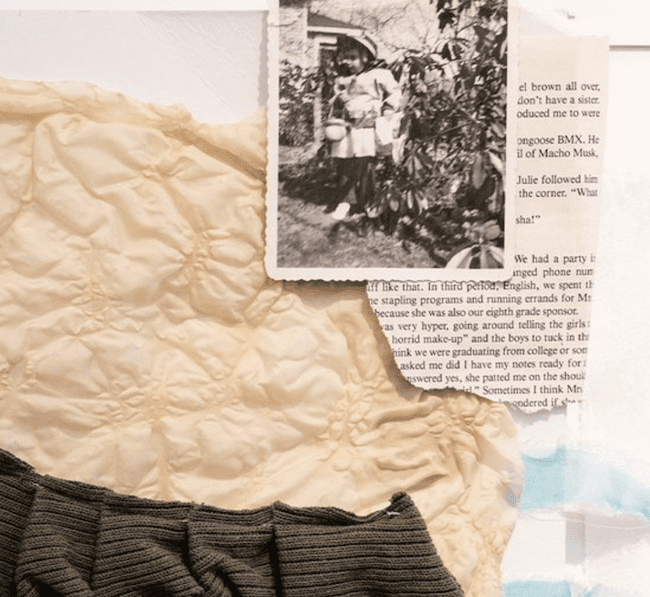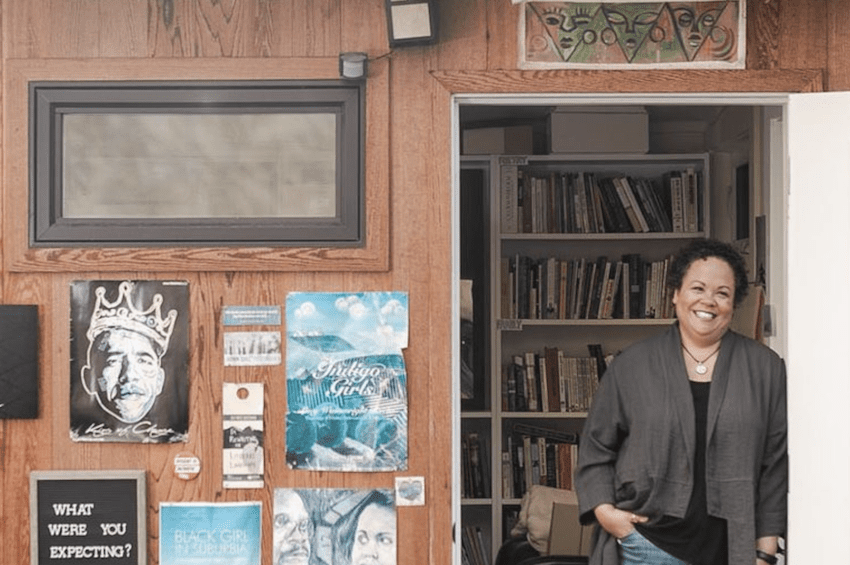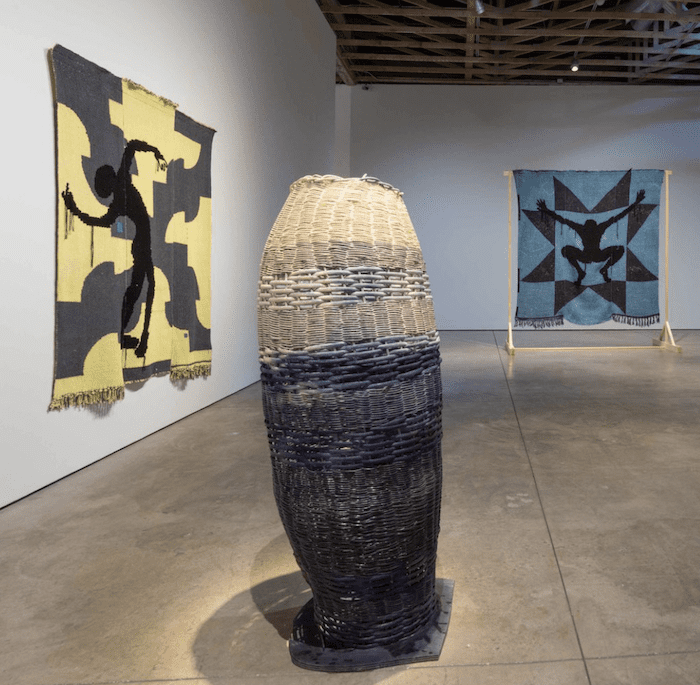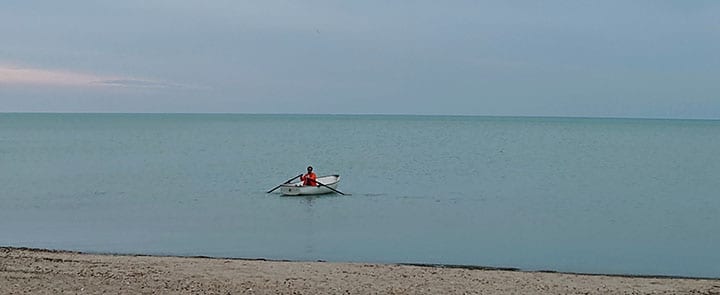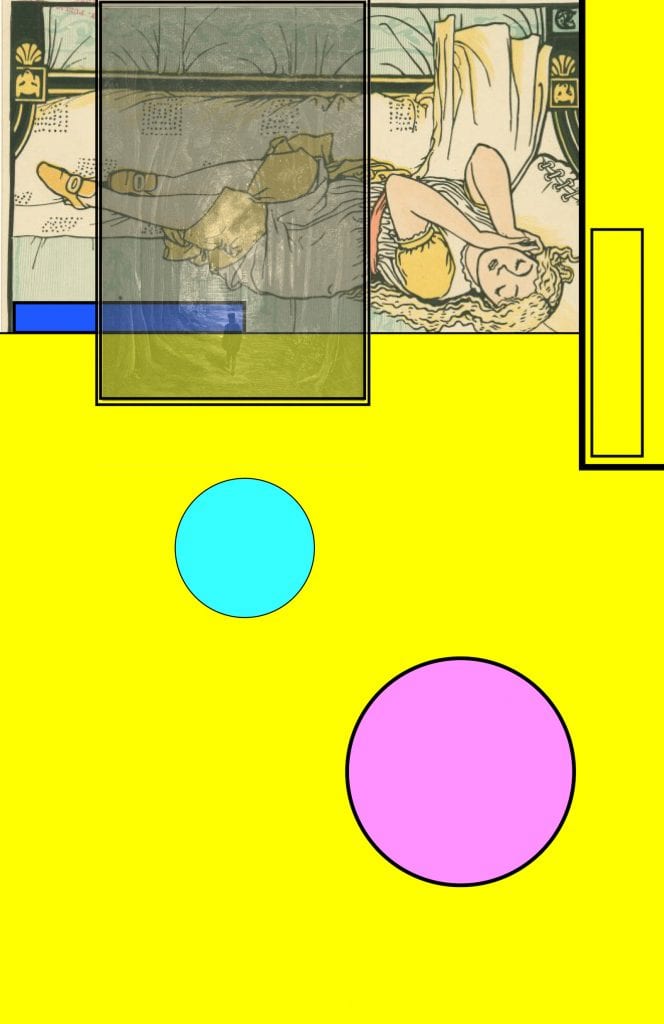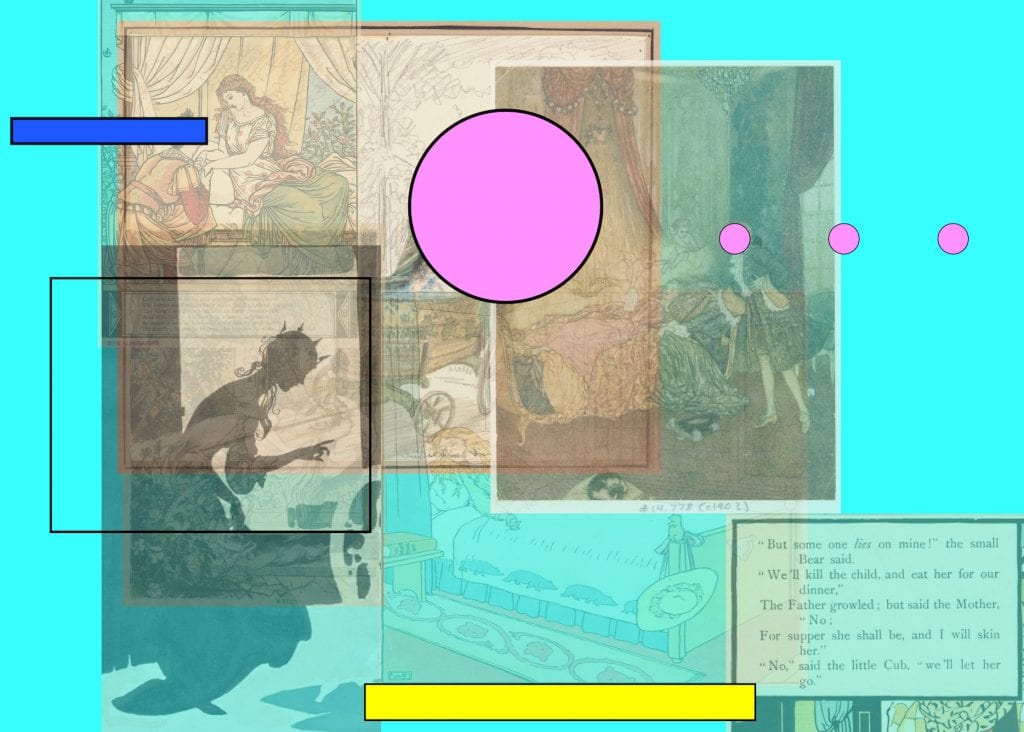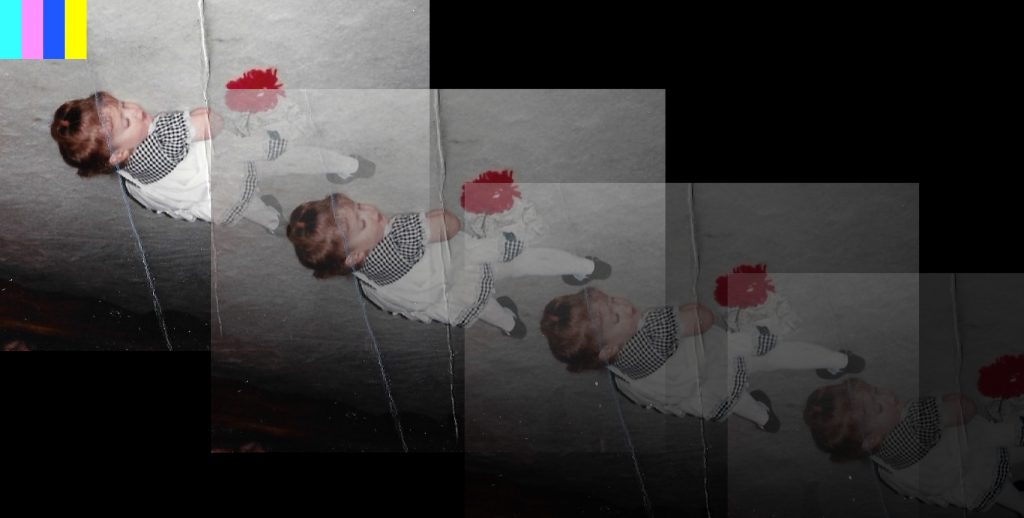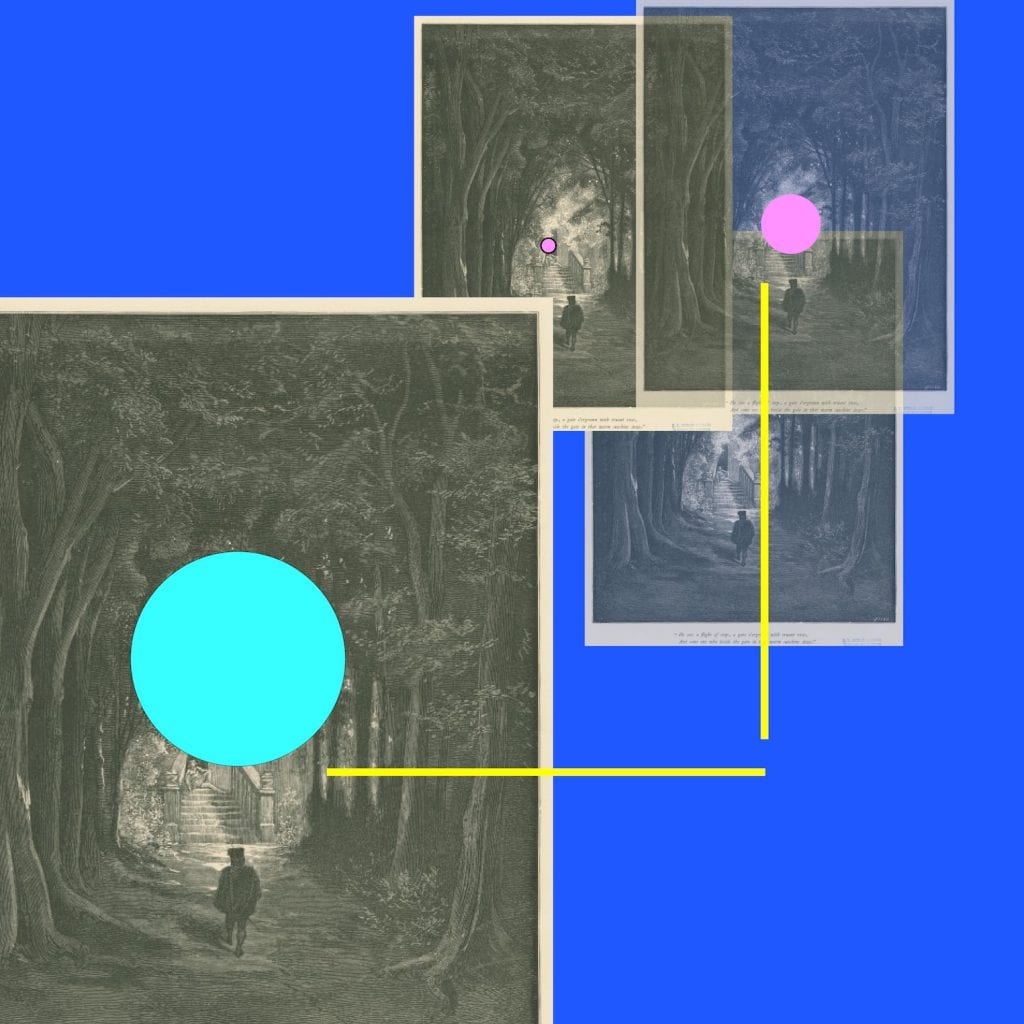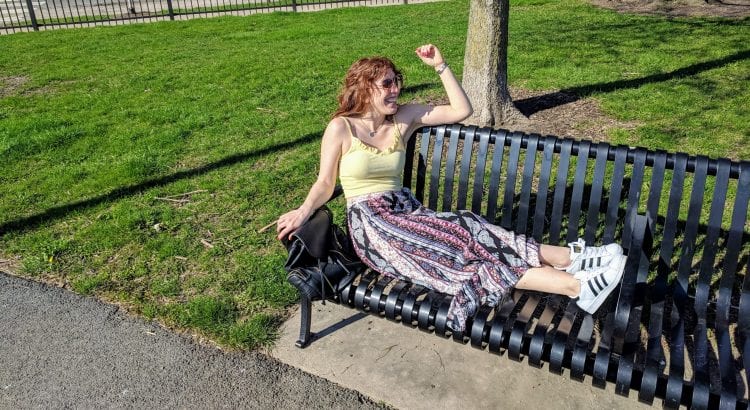OK, look, this is very exciting because, ever since your breakup—a wretched, booze-soaked affair that ended with you prematurely exiting the shared apartment with a wobble-wheeled suitcase packed and not one but two chip-nailed middle fingers in the air—you haven’t owned a couch.
Door slams. Lock bolts.
That was two years ago. You’ve lived and lounged and lamented your life since then on a bed (a raft, really, in an OCEAN OF TEARS), moving from that stupid shared apartment back to your stupid parents’ house, then to a stupid studio that smelled like if moths had their own closets, then to ~here~…
Your new home. A gorgeous one-bedroom, bottom-right quarter of a falling down, white-and-brick house in a hip part of town. It doesn’t have windows that open, but it does have your cat, which your ex hated, and as of noon today—of all glorious, single lady days—it has this: A suede dreamboat in the color of “Stone.” It’s called the Darcy Sofa. It is seven-and-a-half-feet long, which is ideal for your five-foot-two frame and your feet-cuddling cat. It is perfect.
This Darcy Sofa cost you $500 and is officially one thousand times more valuable than any diamond ring, you’re sure of it.
You eye it now, mentally applaud how it looks on the hardwood living room floor, shoved up against the butter-colored wall you don’t want to paint because you’re renting so you’ll have to paint it back eventually and who has time for that, and across from the brick fireplace you can’t use because the chimney has been plugged-up with who knows what because squirrels or drug dealer Santa or something.
The couch looks familiar. It’s almost identical to the one you bought for your first apartment out of college. You remember, that $150 bear-brown thing that your brother and your cousin helped you transport from the Big Lots (née Odd Lots) where you bought it. Afterward, feeling oh so grown up, you offered for your moving mates to stay and hang out and here, have a beer, I bought it just for you! (even though you already drank half the pack).Your cat, a mere teenager at the time, hopped on the couch and onto your cousin’s lap and everyone had a perfectly lovely evening sitting on your brand new couch, bought and paid for by you and only you, until you probably blacked out and they went home.
It was the best day you had in that apartment.
Who knows where that couch is now.
Your friends are coming to meet the Darcy Sofa in just a few hours. You have decided to host a Couch Warming Party, because this is to be celebrated, an occasion to remember! It represents healing and independence, this furniture, this moving-on-up. This couch means a new world is opening up to you. You made it. Couch Warming Party is being held on the weekend of your terrible ex’s birthday. You didn’t plan this timing on purpose, at least you don’t think so, but it does make the second glass of wine at three p.m. taste even sweeter.
Now it’s nine. You are fuzzy and warm and a little bit sick. The couch, soft as a petal, feels like a lily pad beneath you. Bobbing, bobbing.
Your friends are here! Your friends pile in the aching red-rimmed door. Your friends clamor in the living room and oh and ah appropriately before tumbling down the long hallway to the kitchen and out its back door to the fire pit you share with the other dwellers of this broken home-you-love’s divvied-up apartments.
Your friends are good friends. They agree to pose for photos on your new couch. They make a big deal about it, even though this couch, it’s not that special.
They are just happy to see their friend happy again.
They bring you Couch Warming Party gifts they’ll know you’ll enjoy, like a new blanket, lounge pillows, cat toys, vodka, smokes, cocaine. By the end of the night, you are all outside howling at The Man and the moon, crouched beneath the giant tree you don’t know the genus of, that the city hasn’t torn down yet but will soon. Your backyard’s wooden fence stands guard. Tonight, as the fire licks the air and your friends lick each other, the perimeter feels like a hug and not a cage.
The couch has been forgotten. But that was the point.
At two a.m., you sit alone on your back porch smoking a gifted Parliment. Your cat has joined you, that loyal little thing. You both purr and wish every moment was a Couch Warming Party moment. You wish this especially because you know what awaits, what you’ve been running from. Morning. When you will wake up and every inch of you will hurt, including your heart. Especially your heart, and the yet-unknown thing rotting beneath its floorboards. It will be seven more months (exactly one month after your 30th birthday) before you wake up on another stranger’s couch—again!—and finally—finally!—decide it’s time to get sober. And you do it! You beautiful, goofy, grateful recovering alcoholic! You finally break through. Find a home inside yourself.
Tonight, though. Tonight is as bright and dark as a chewed up cherry pit, as twisted as the tongue-tied stem, and to be lived to the last briny drop.
You have so much further to go, but tonight you honor everything it took to get to Here. To the Stone-colored sofa. Your new Plymouth rock.

